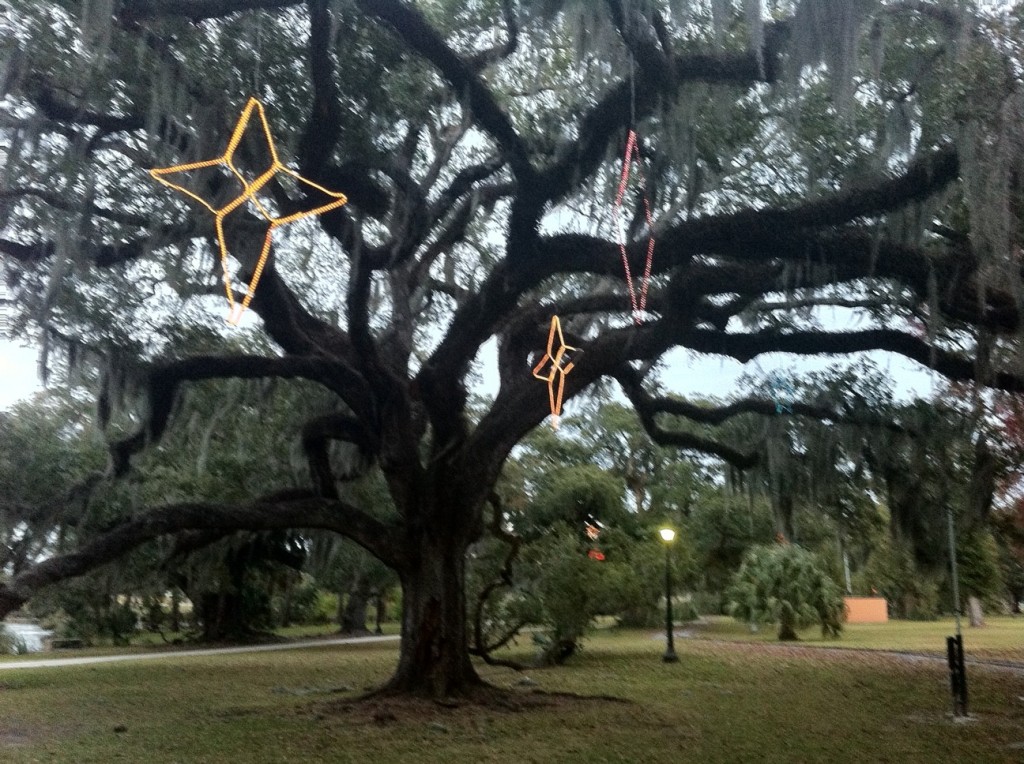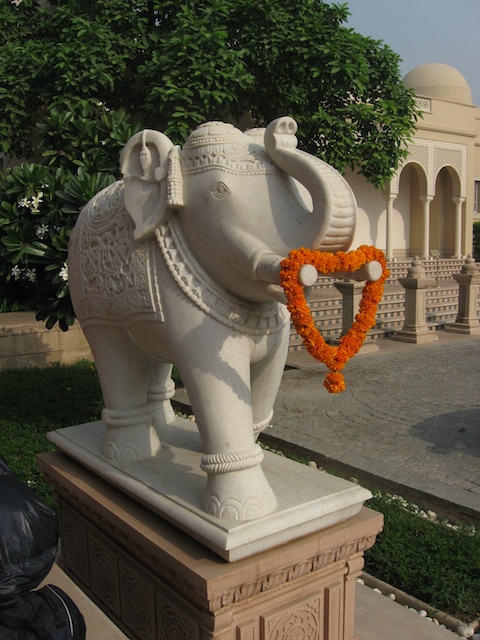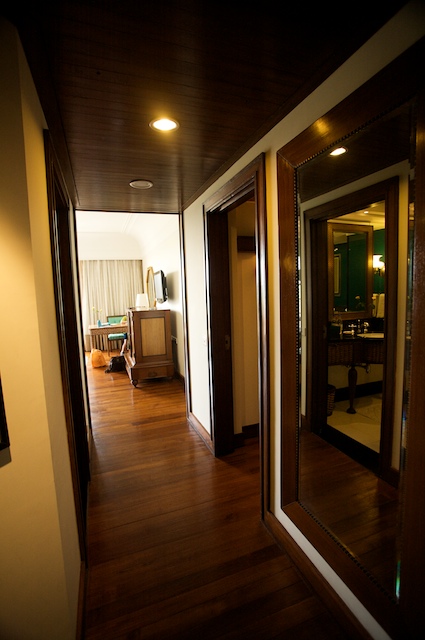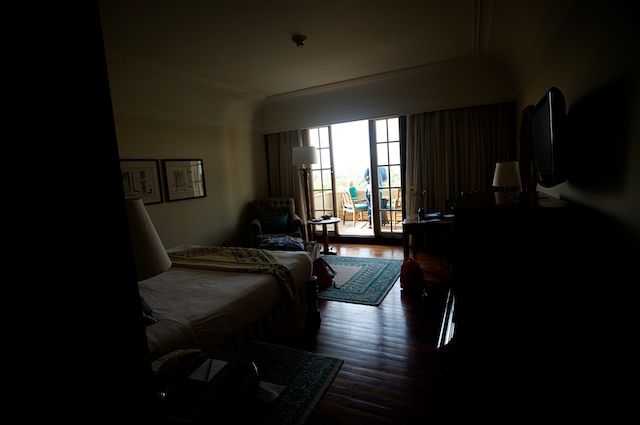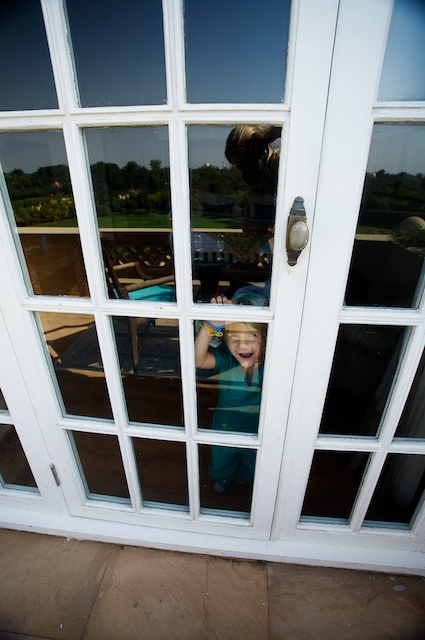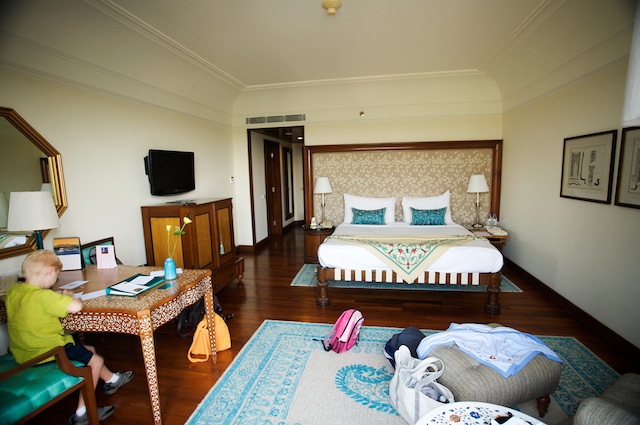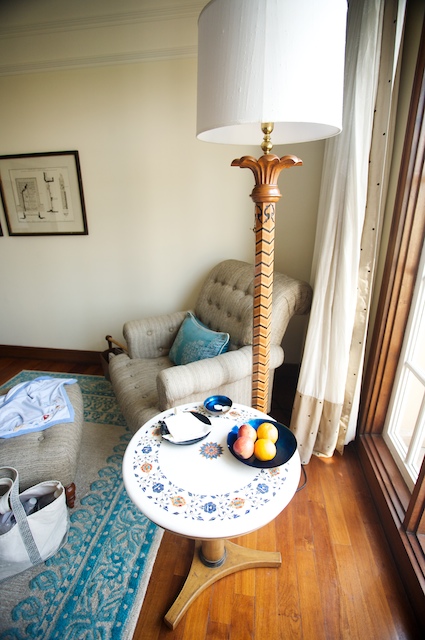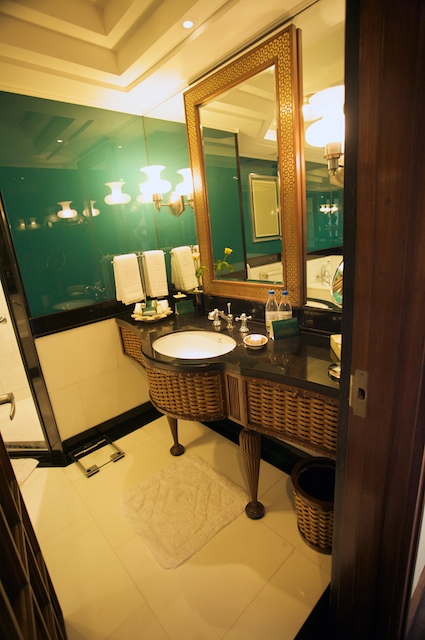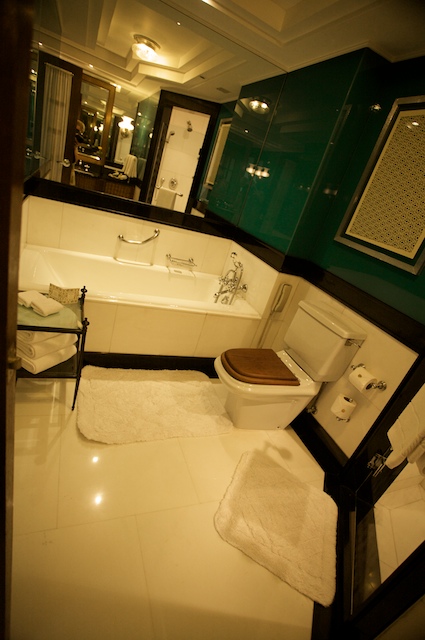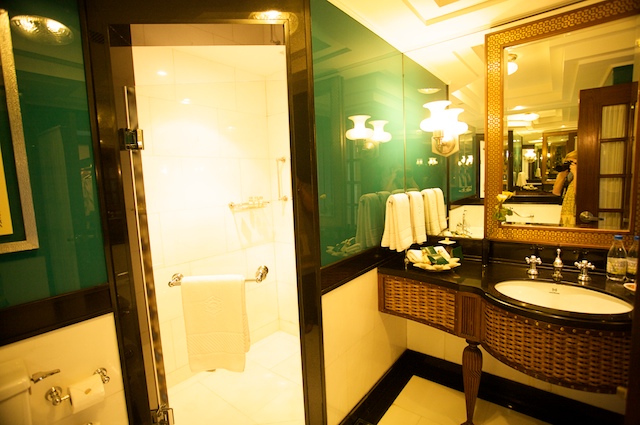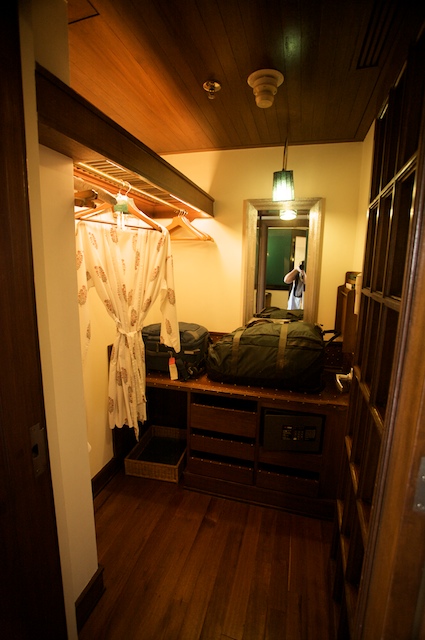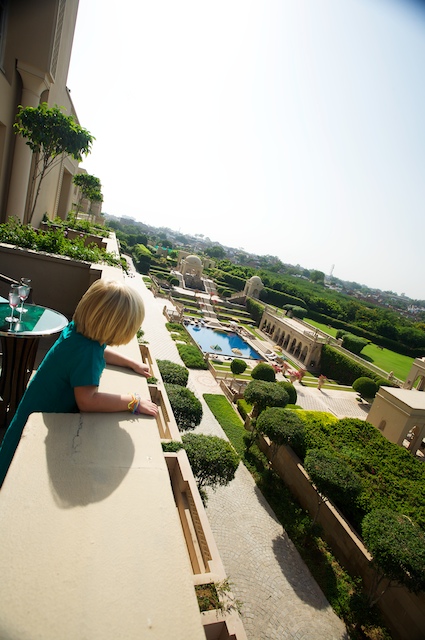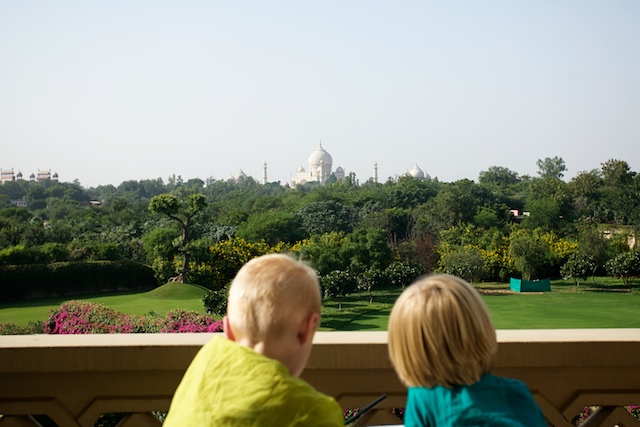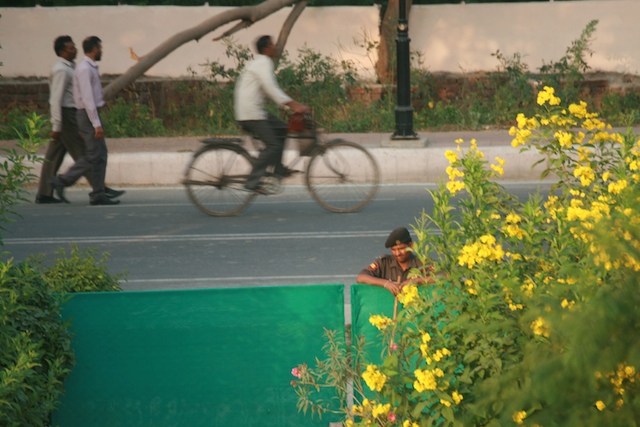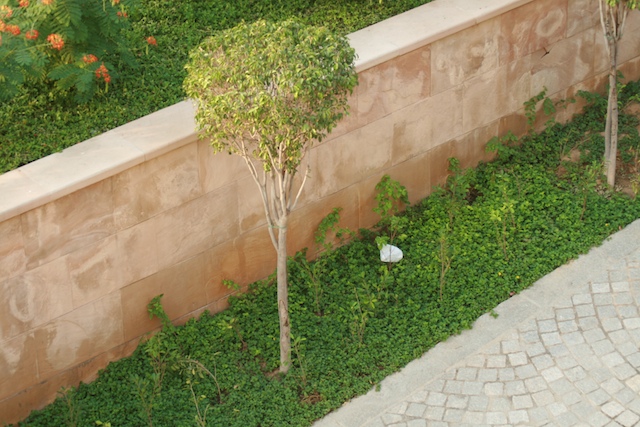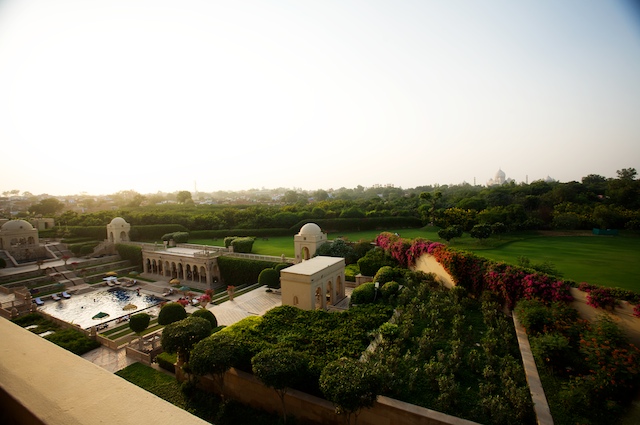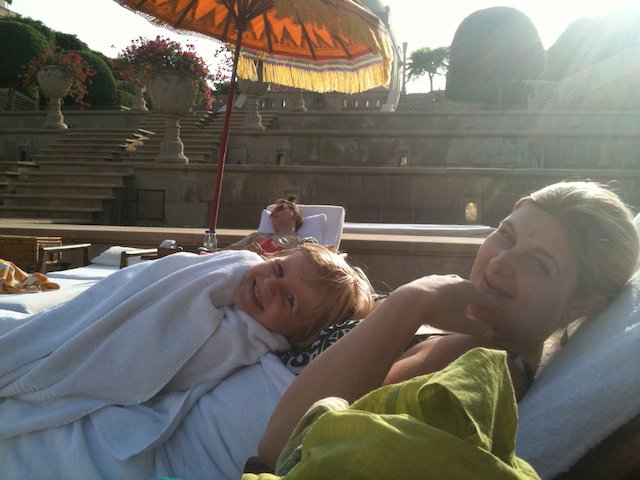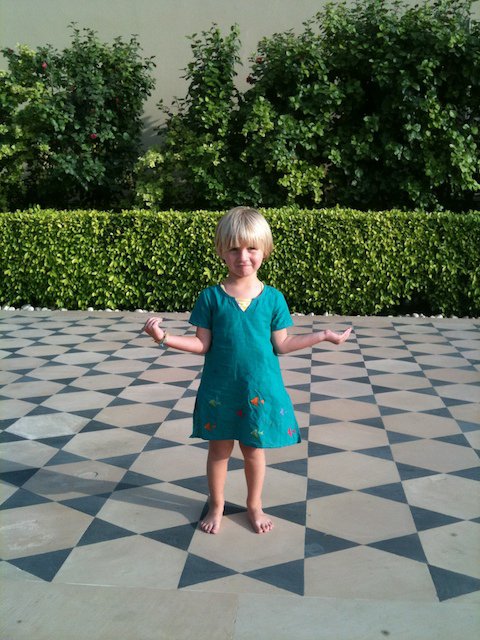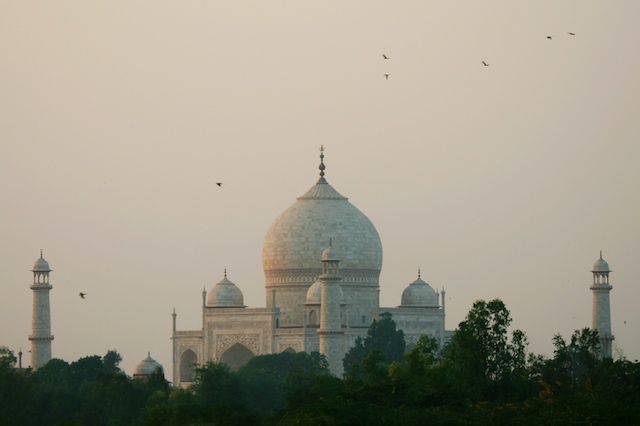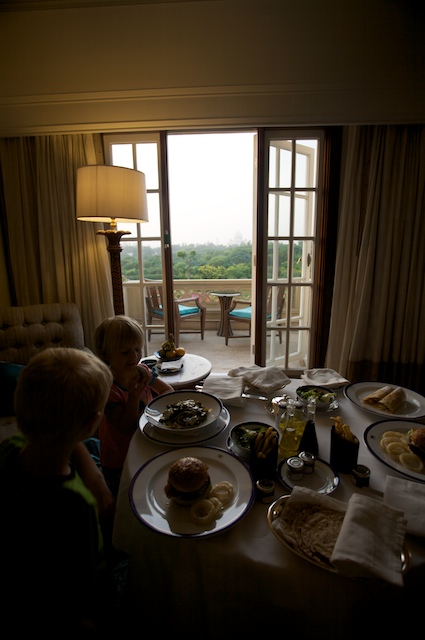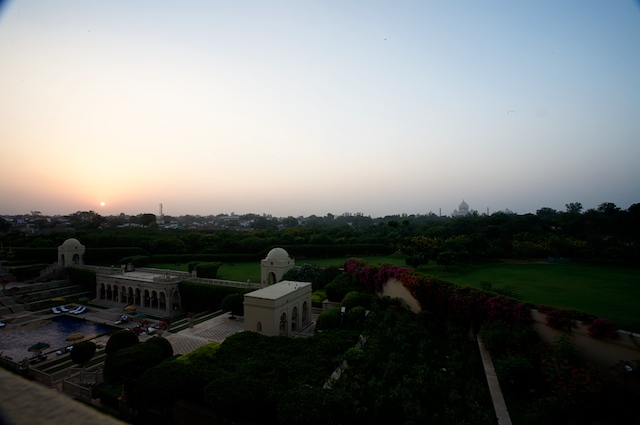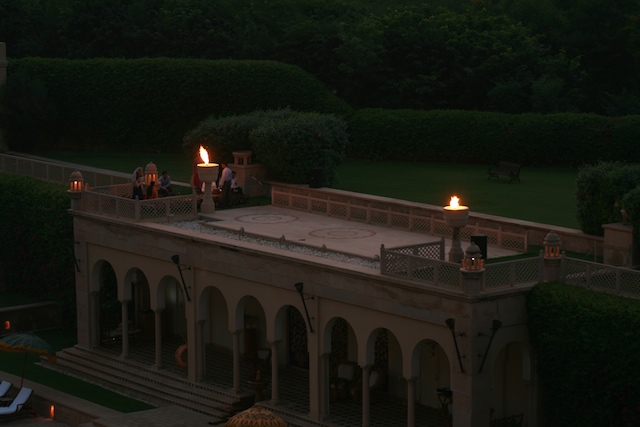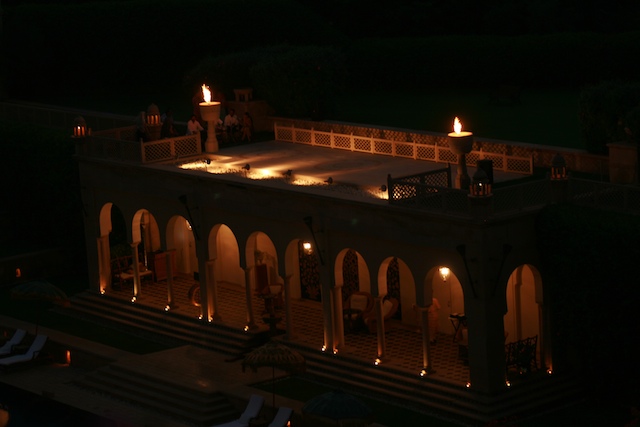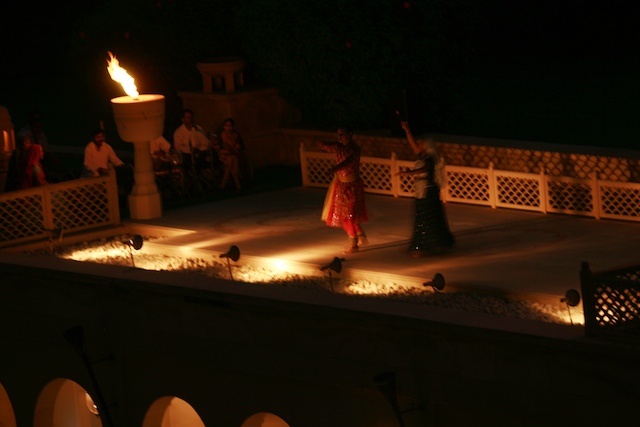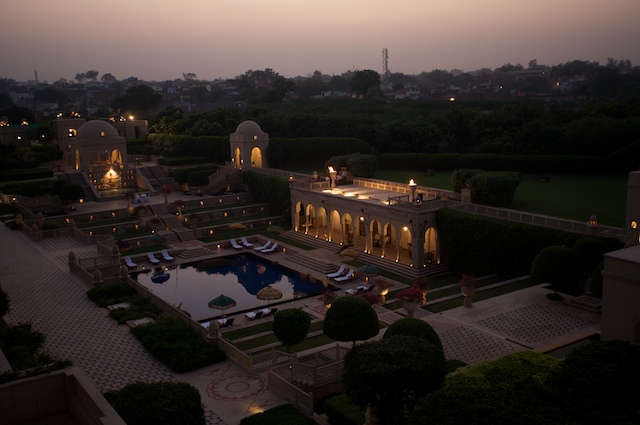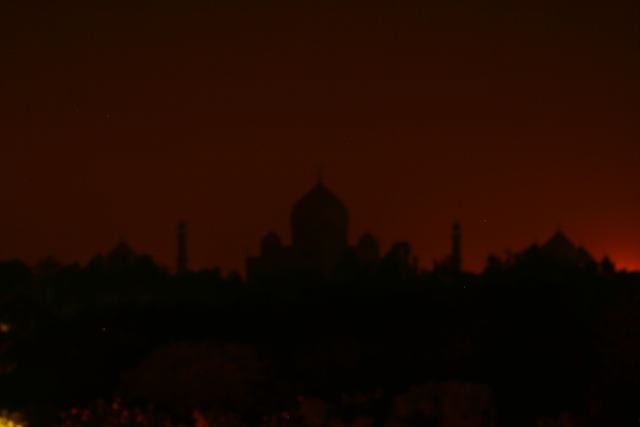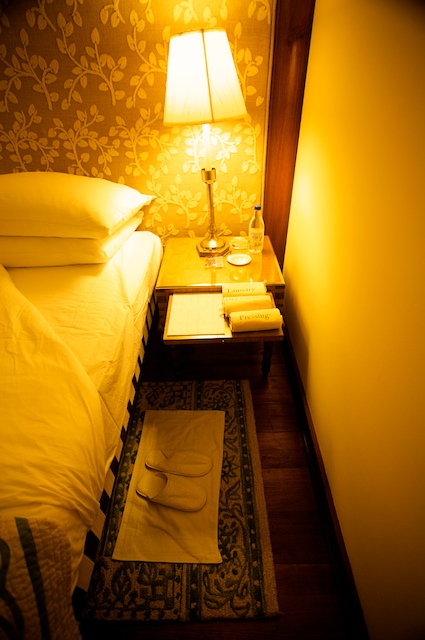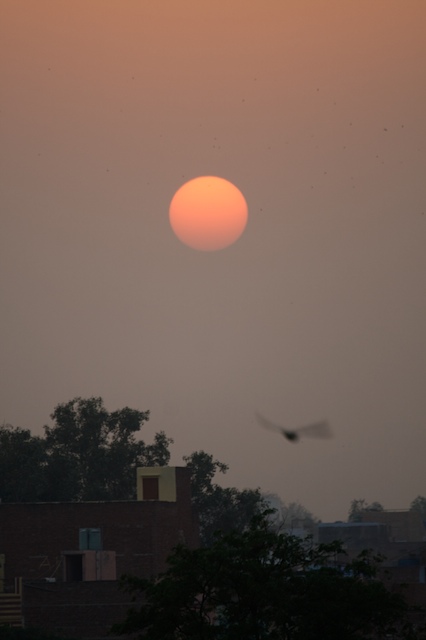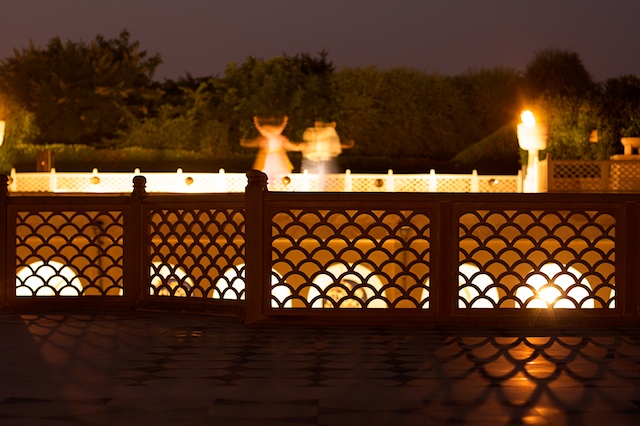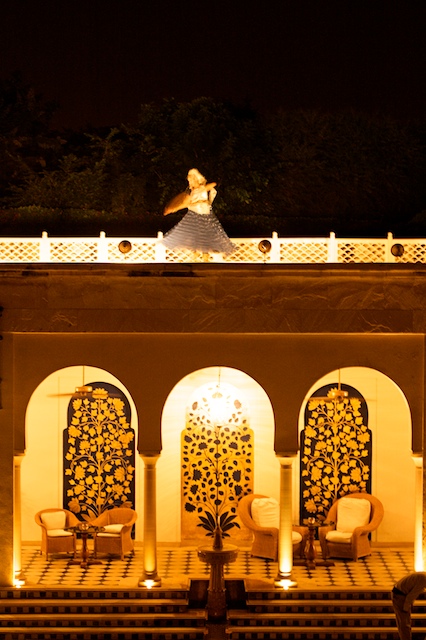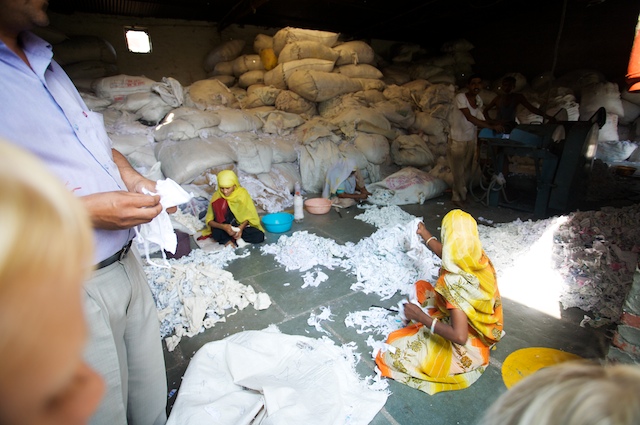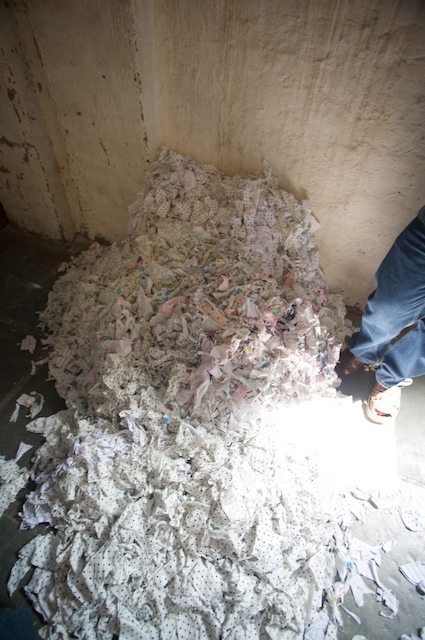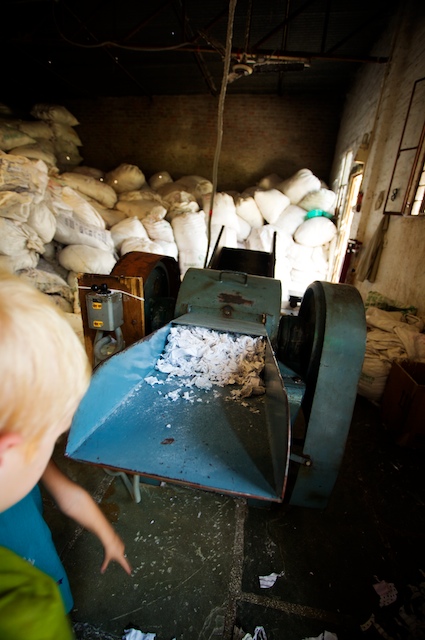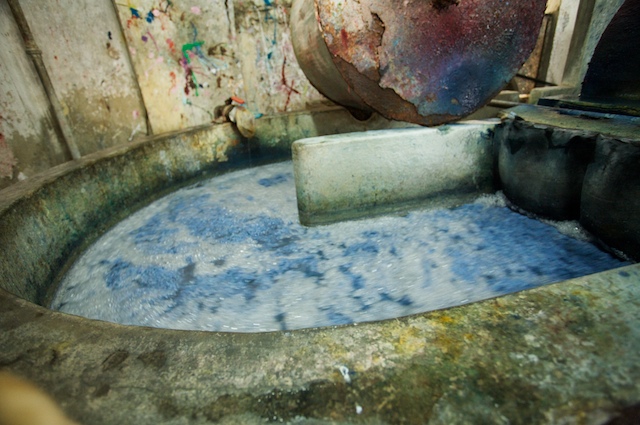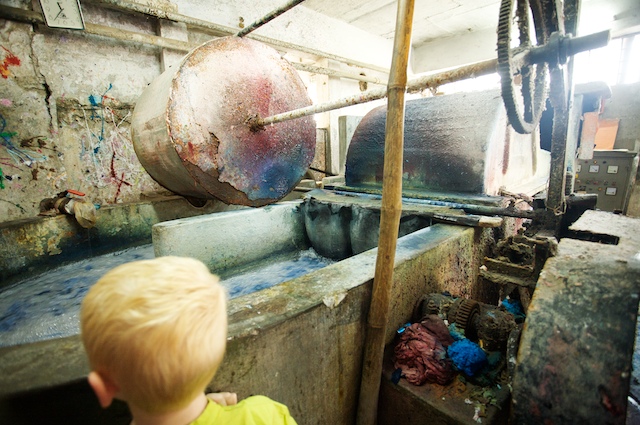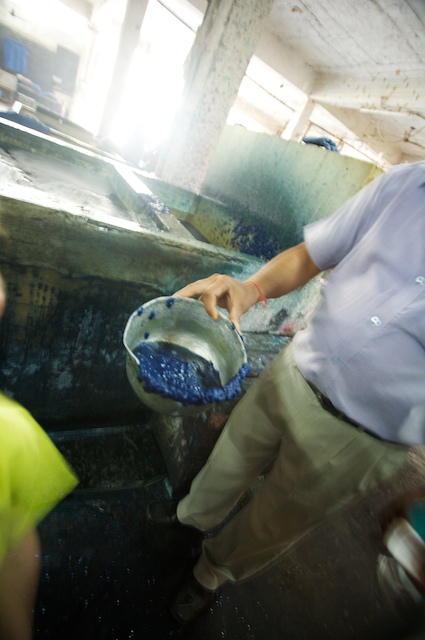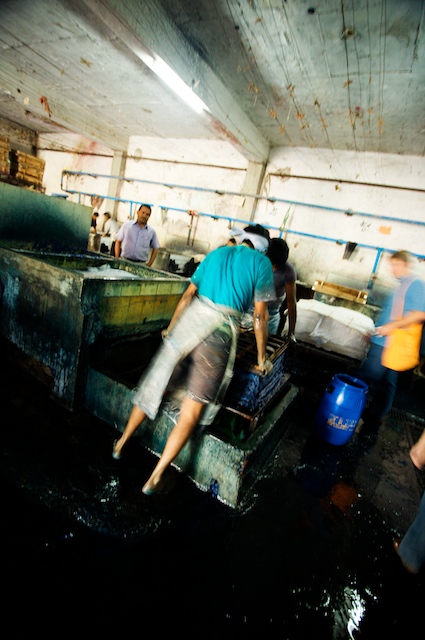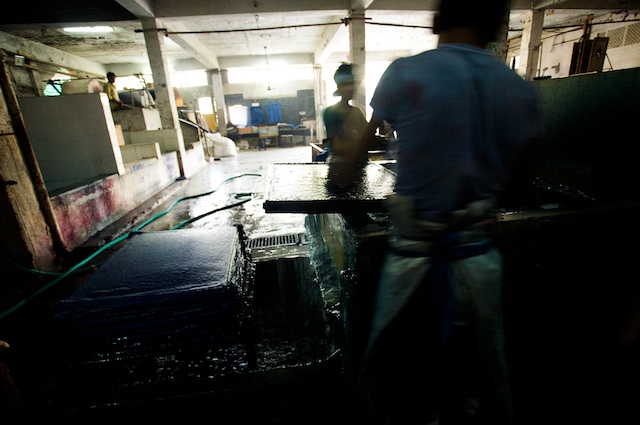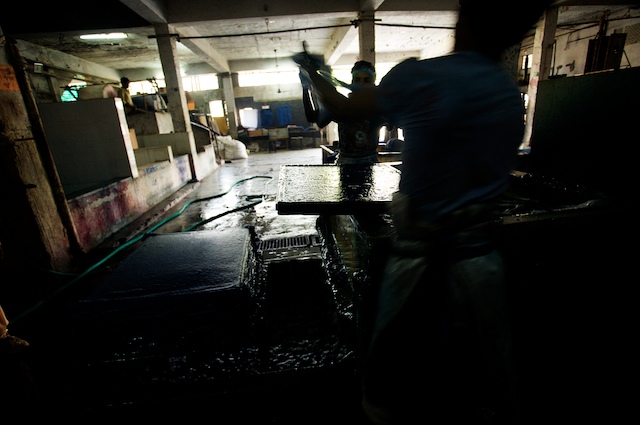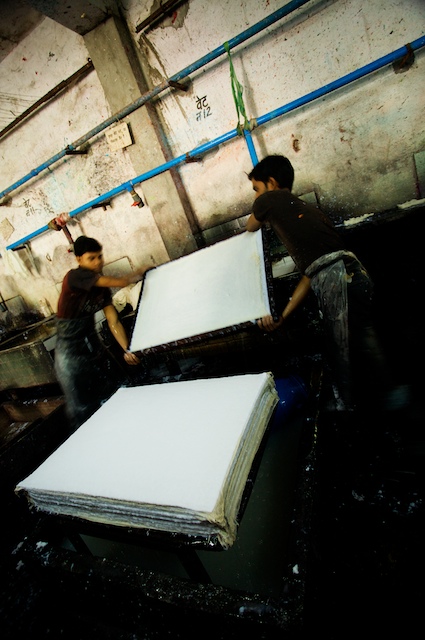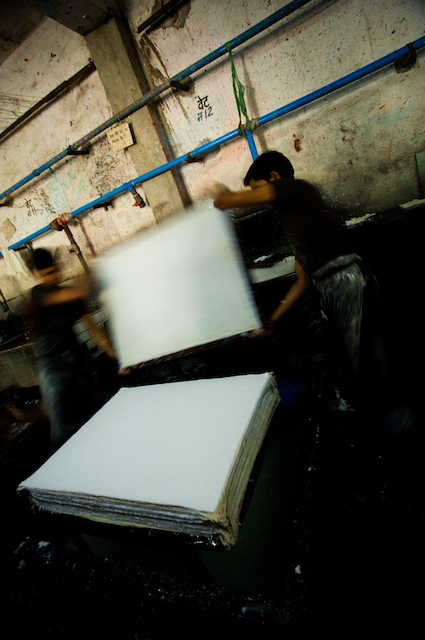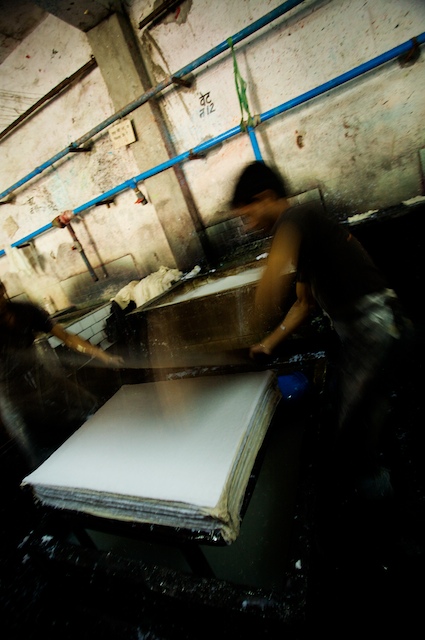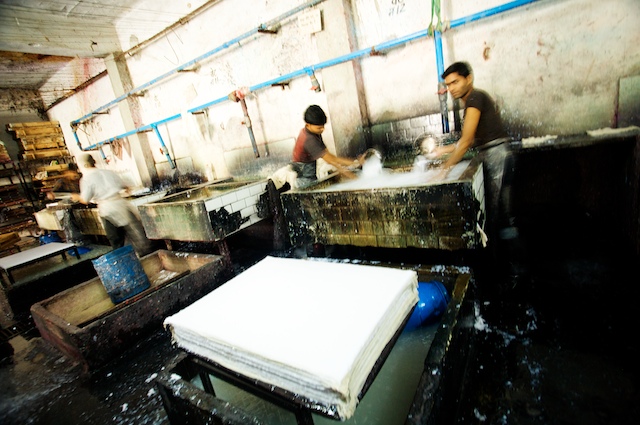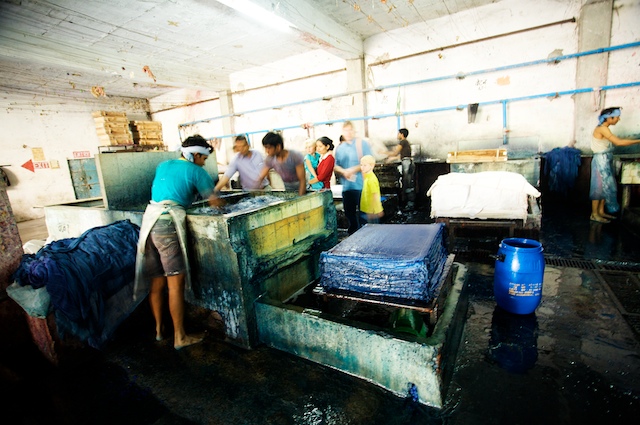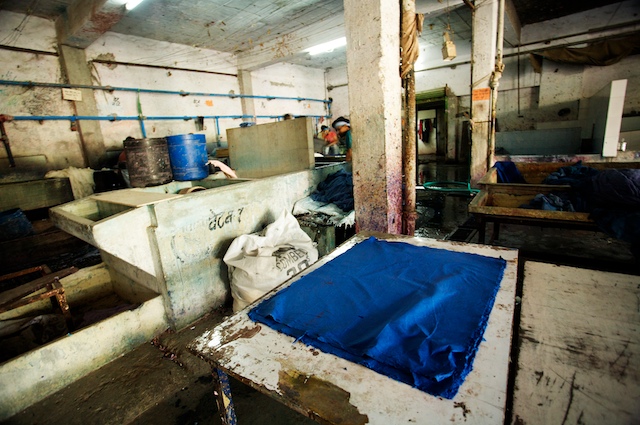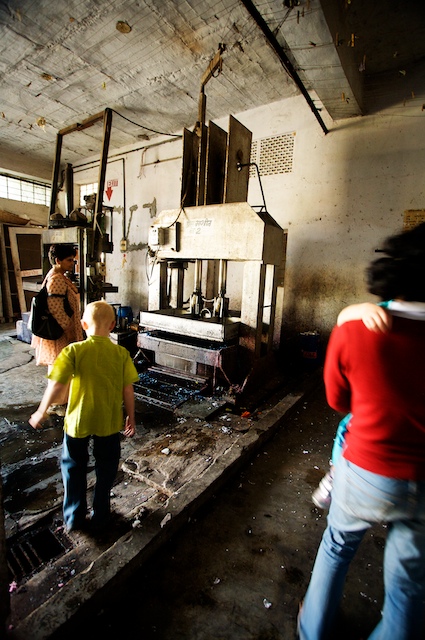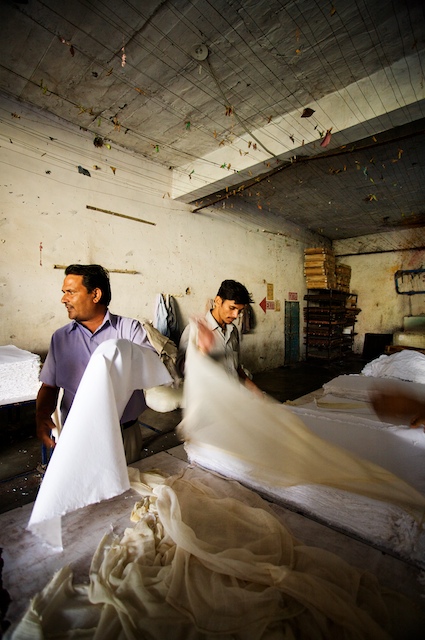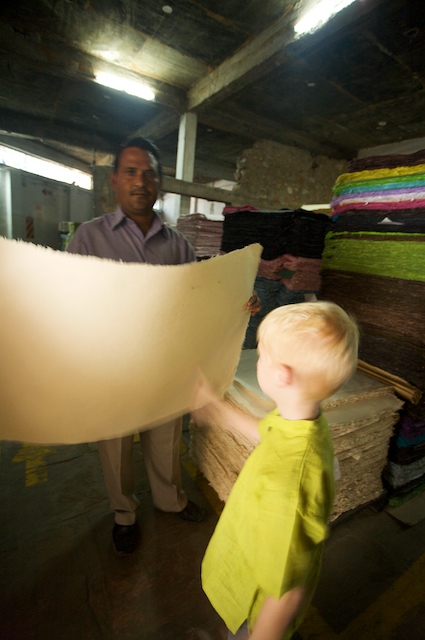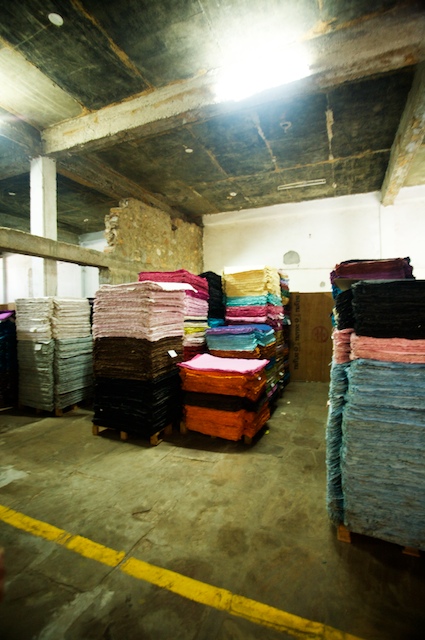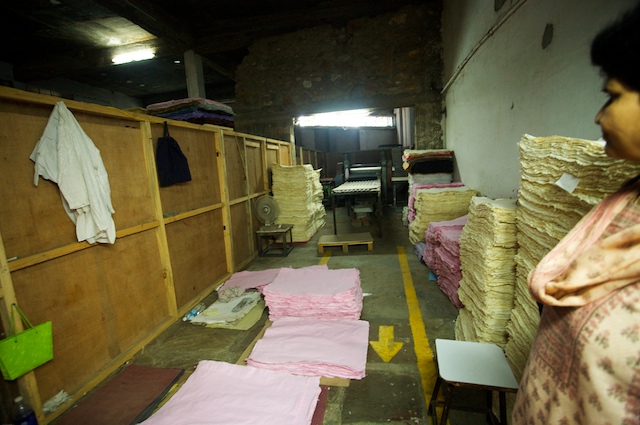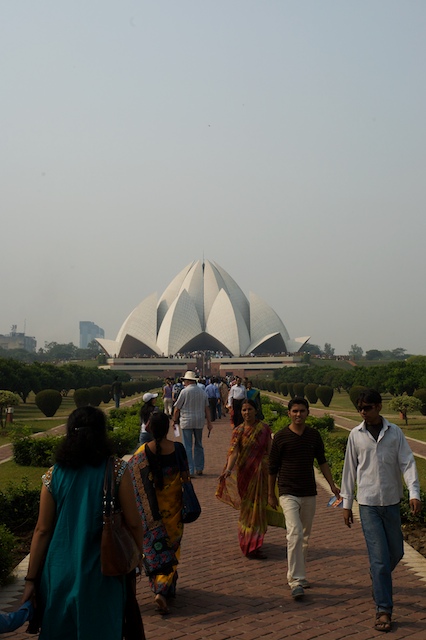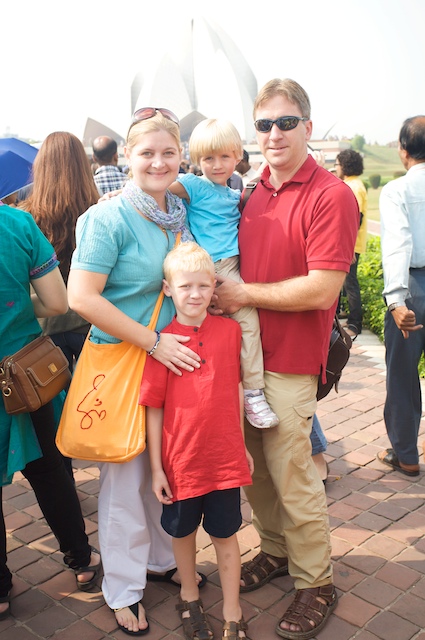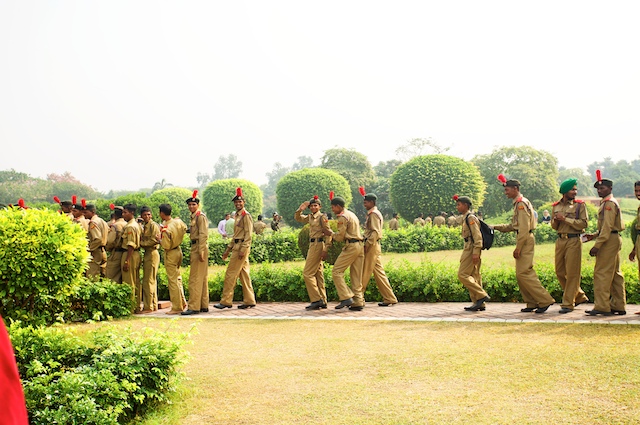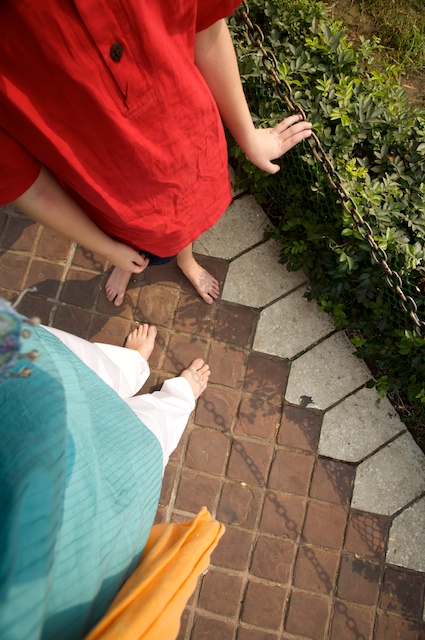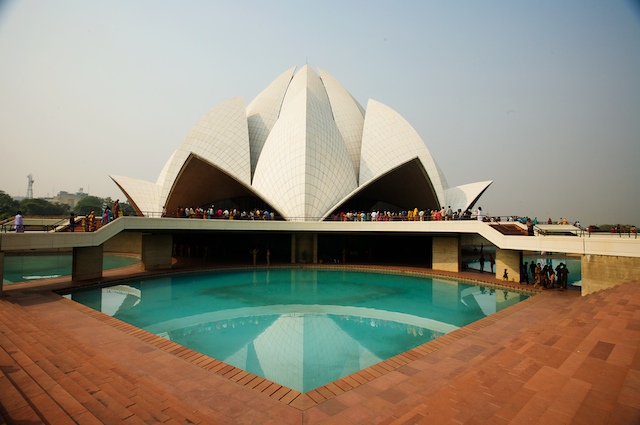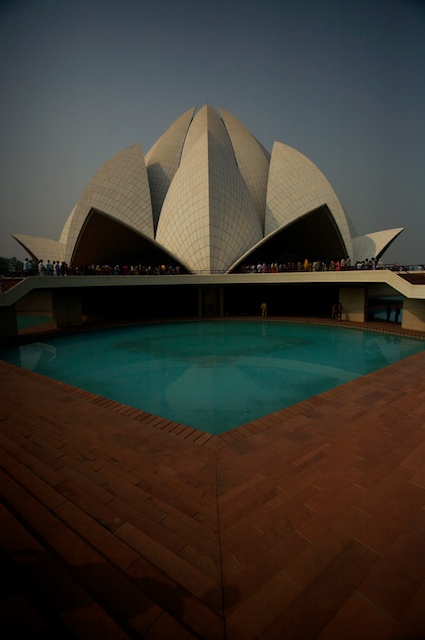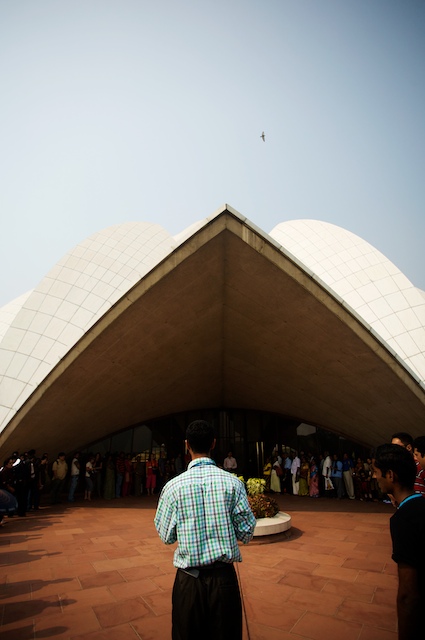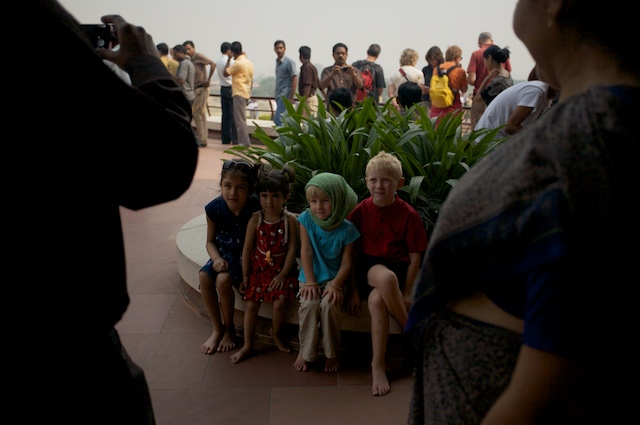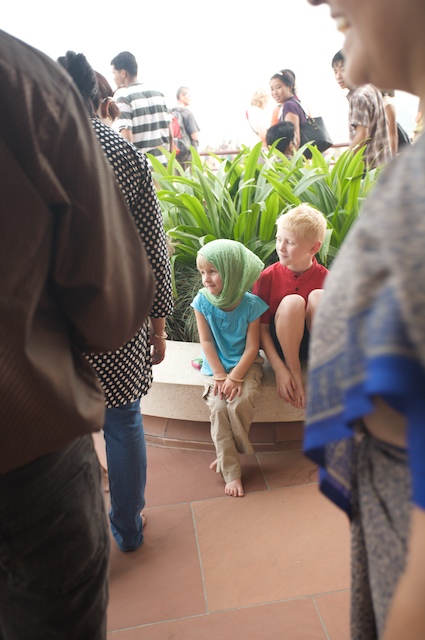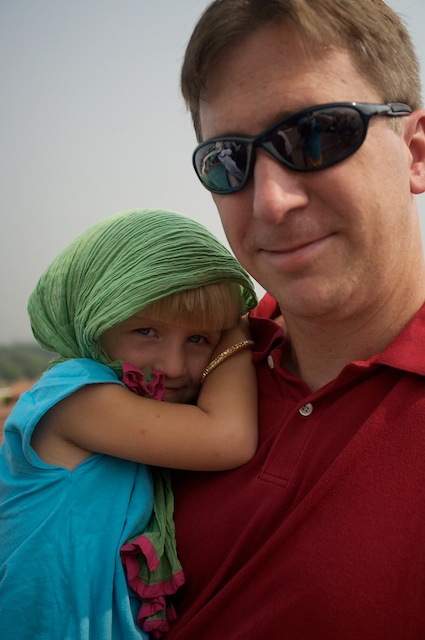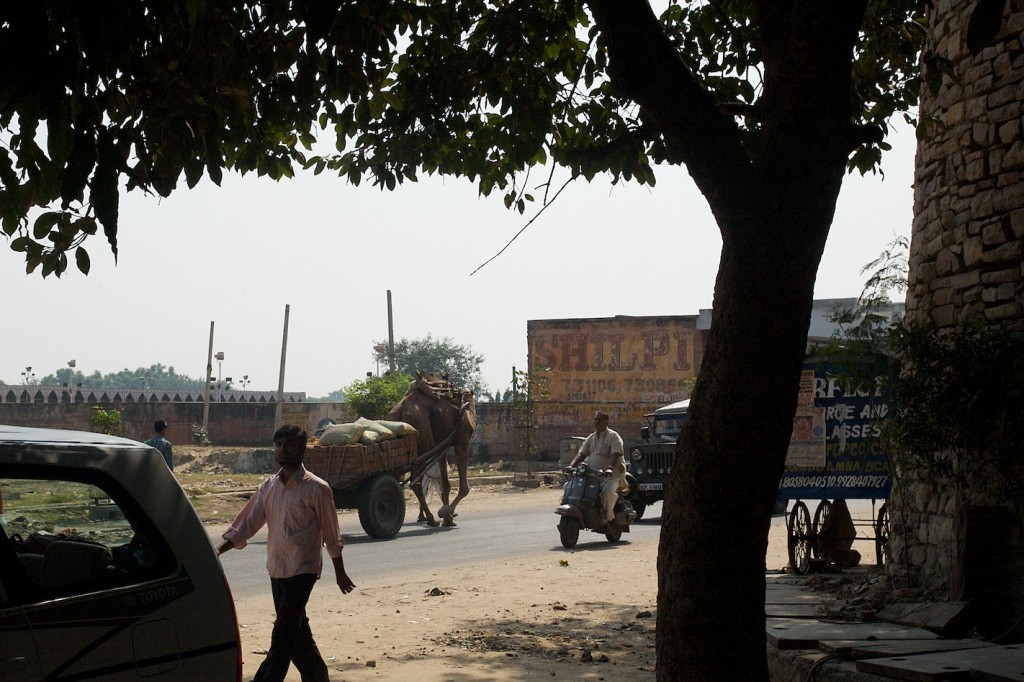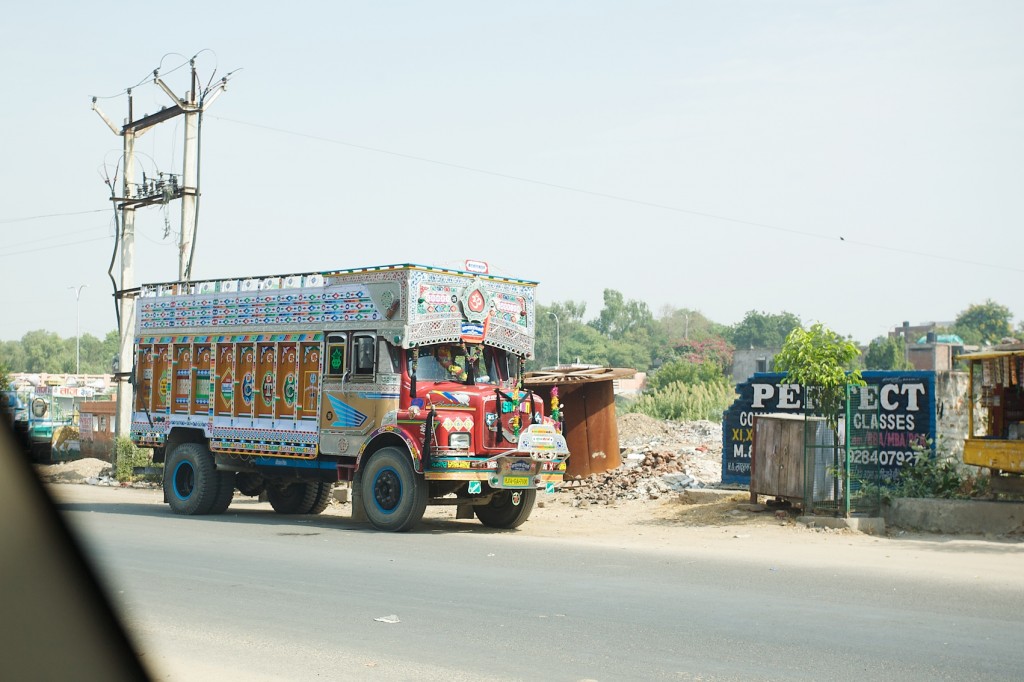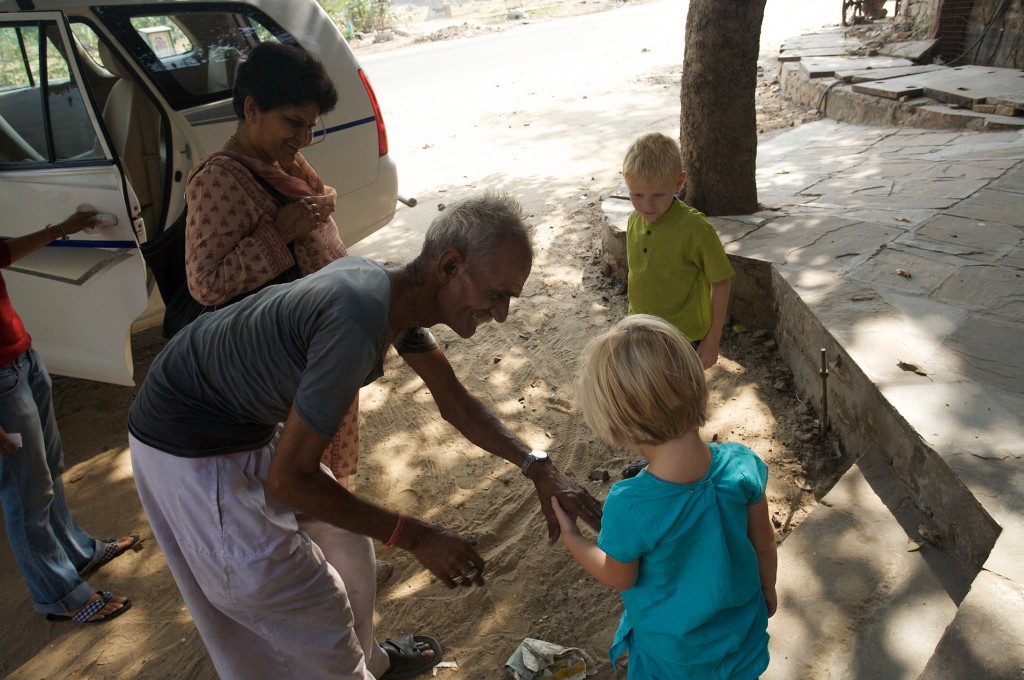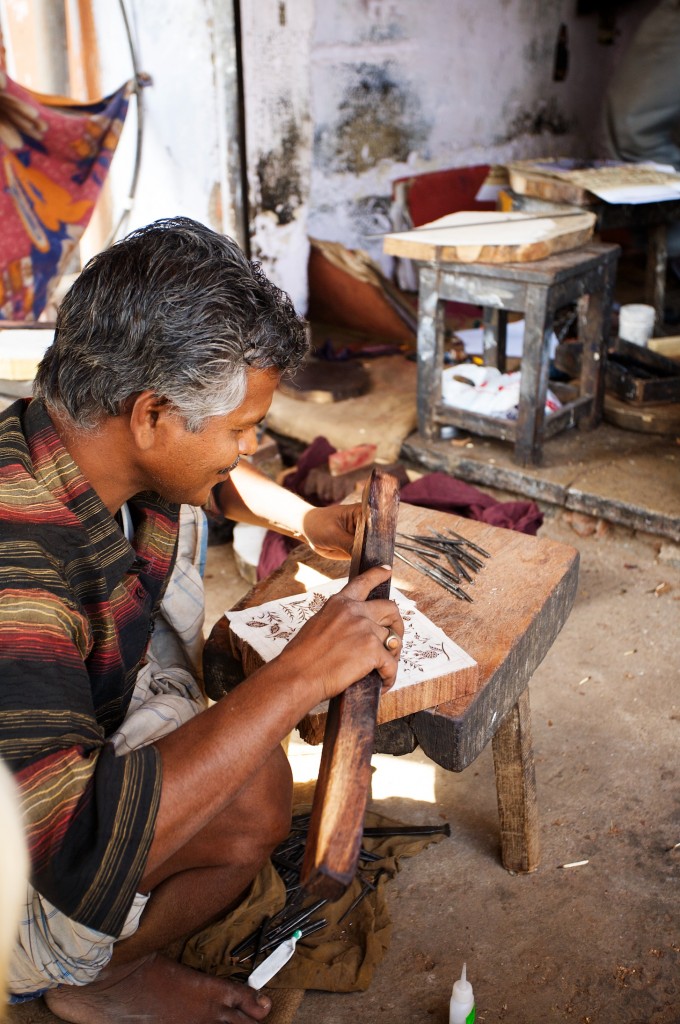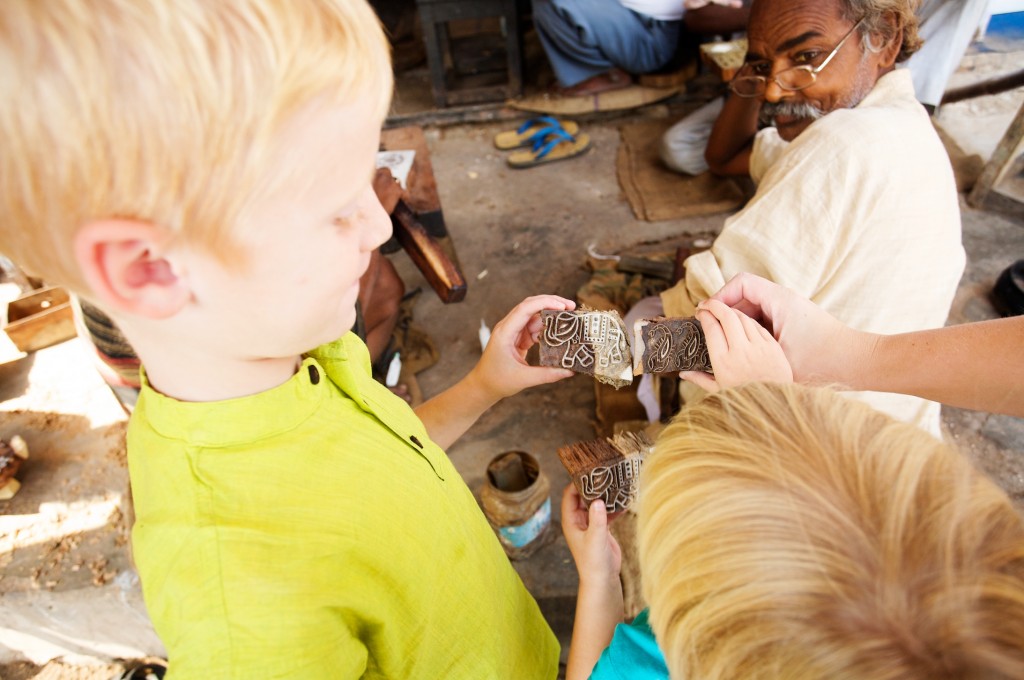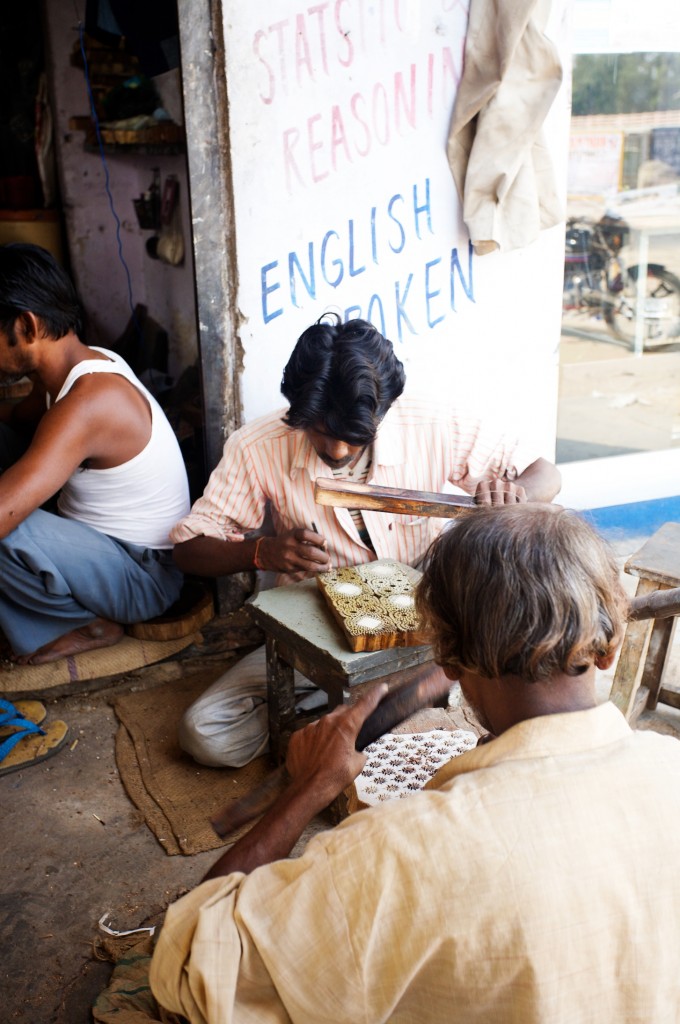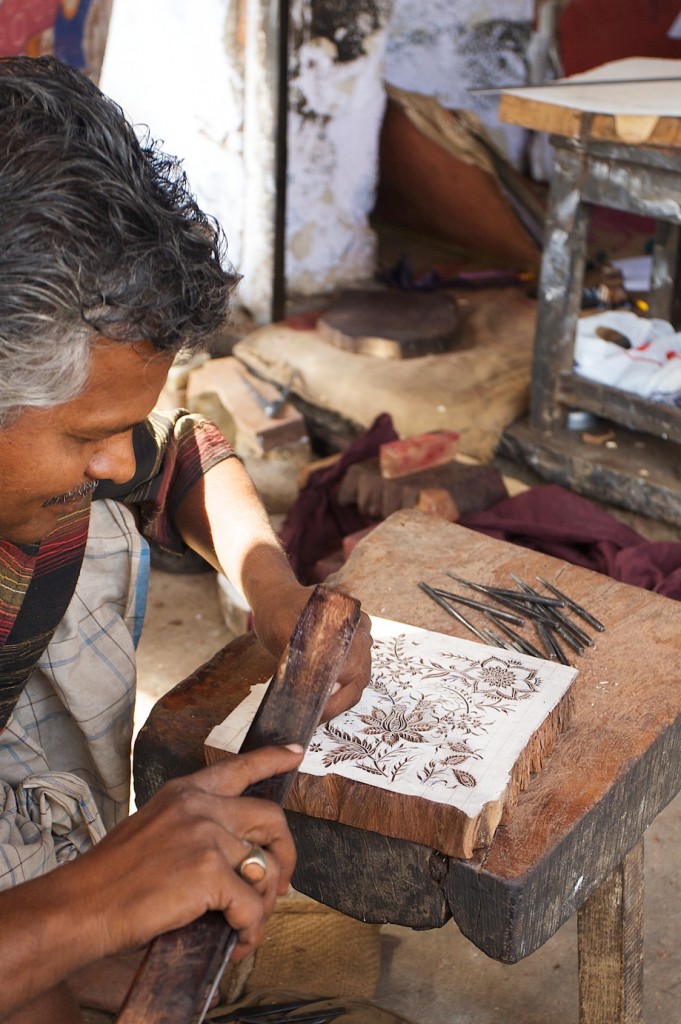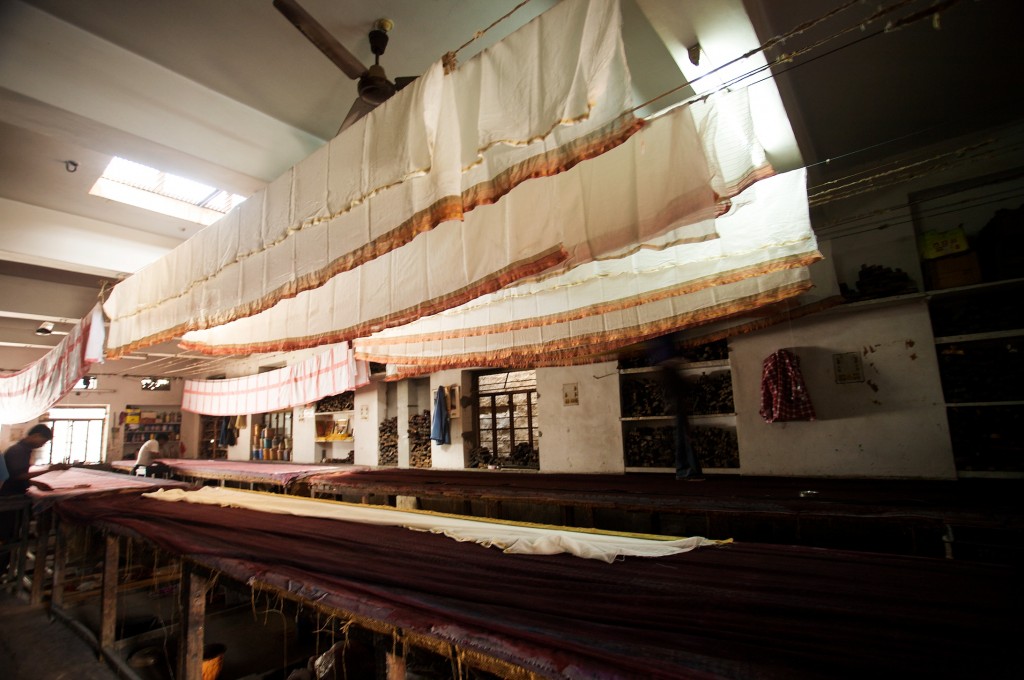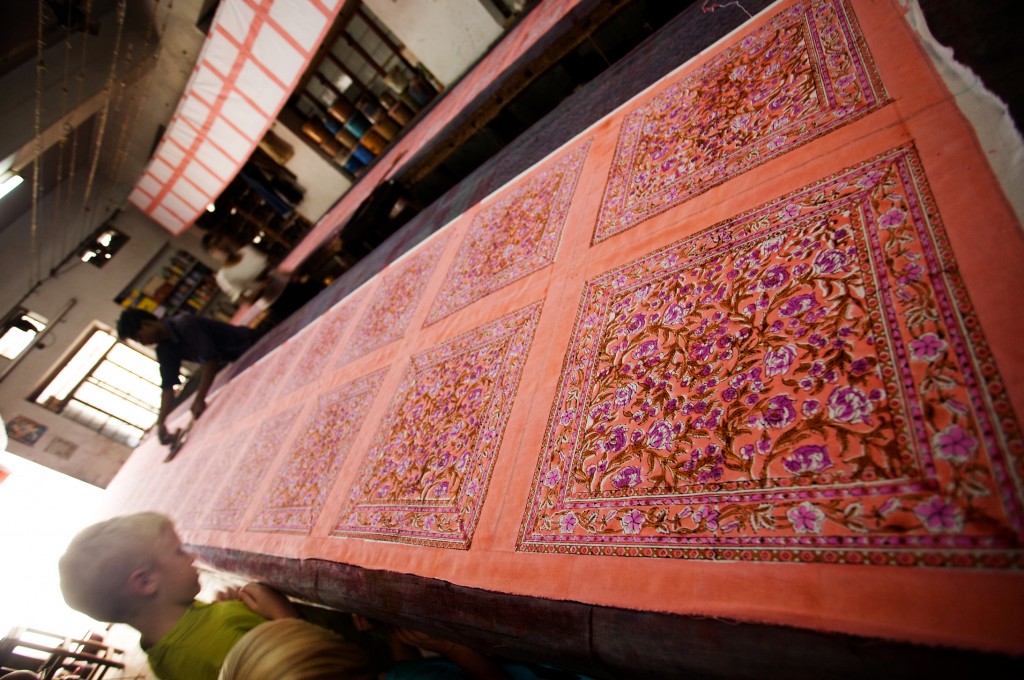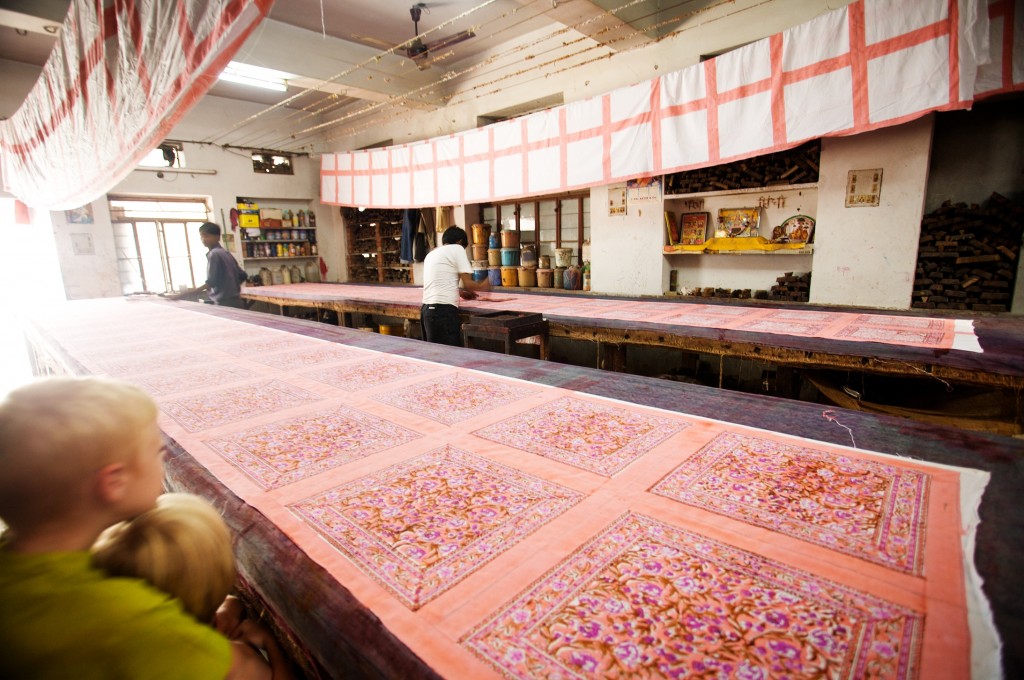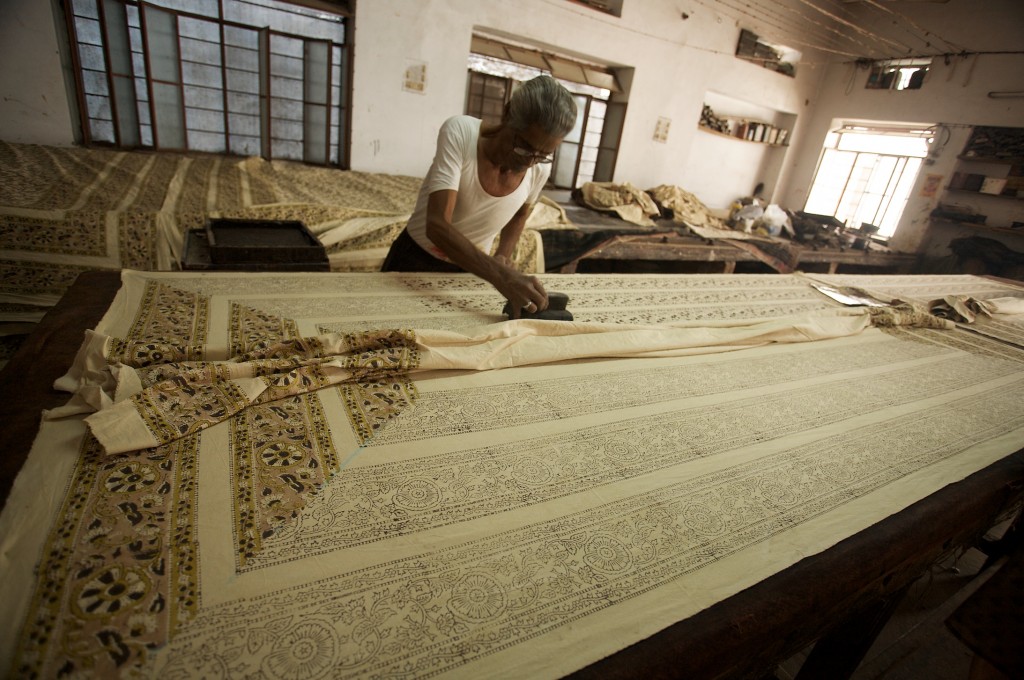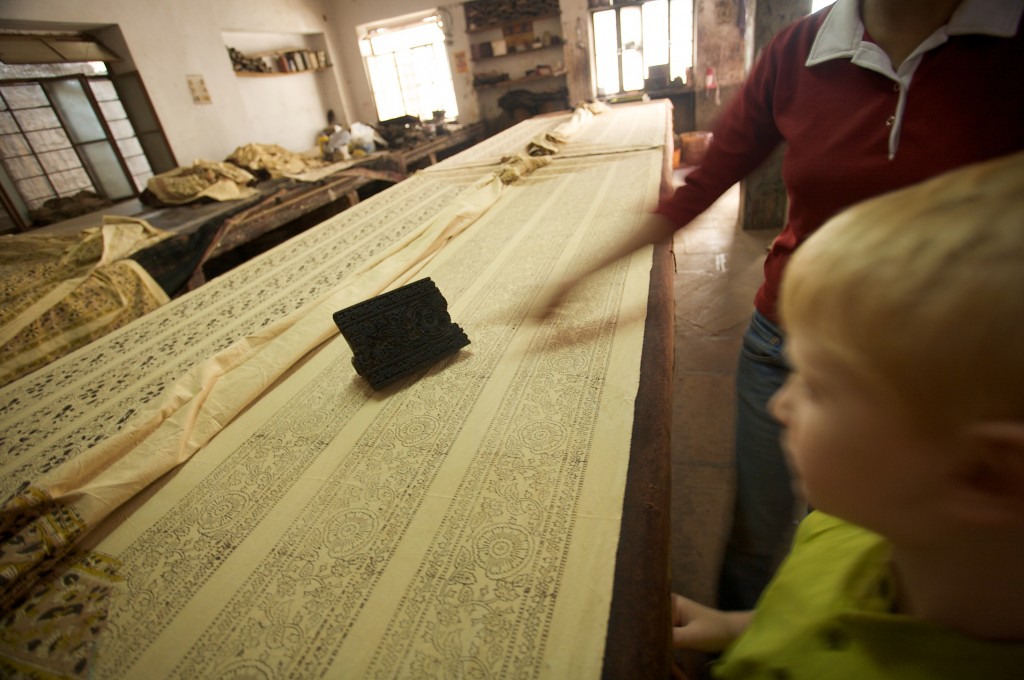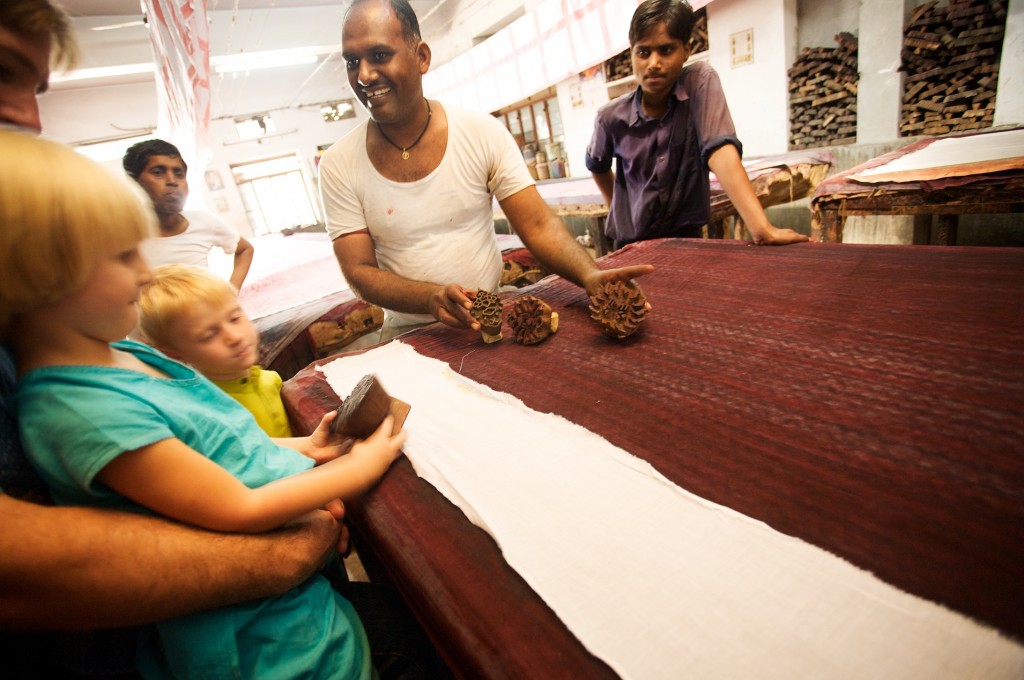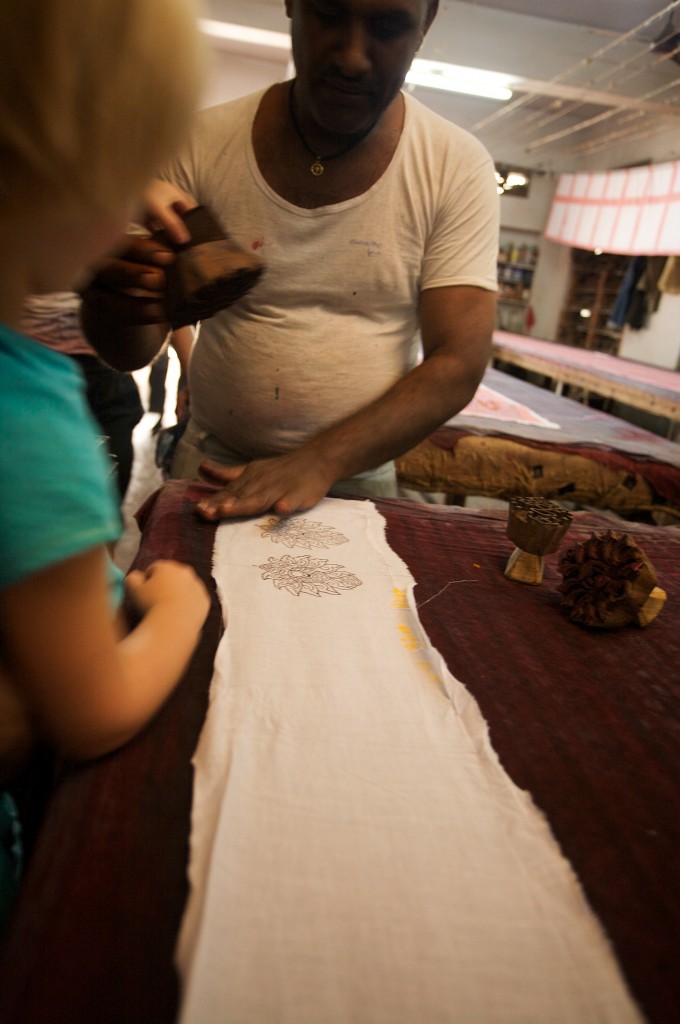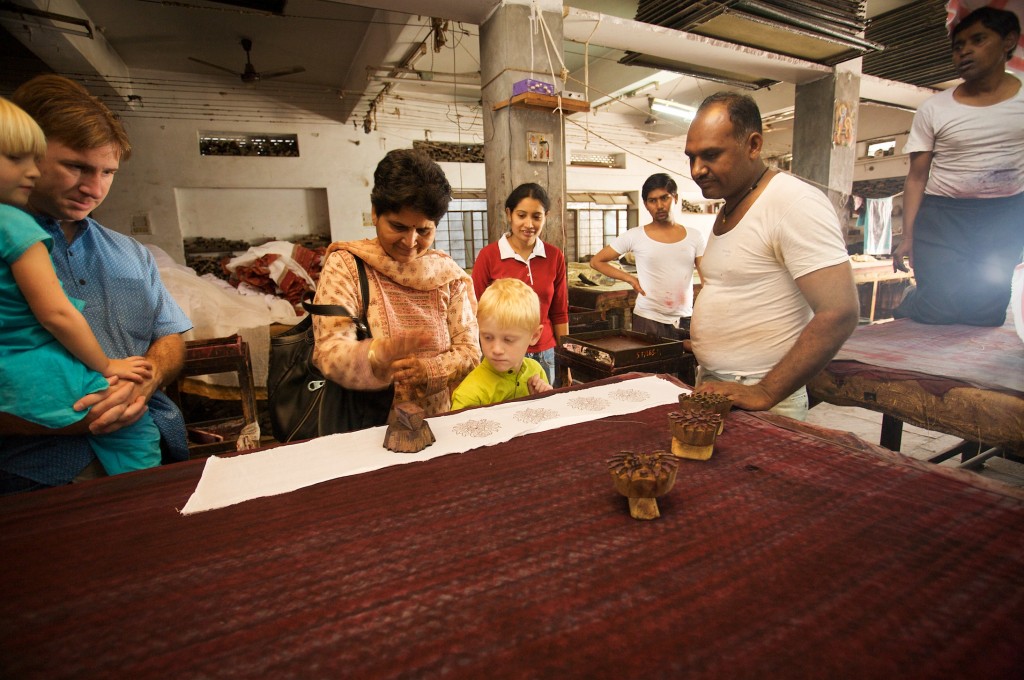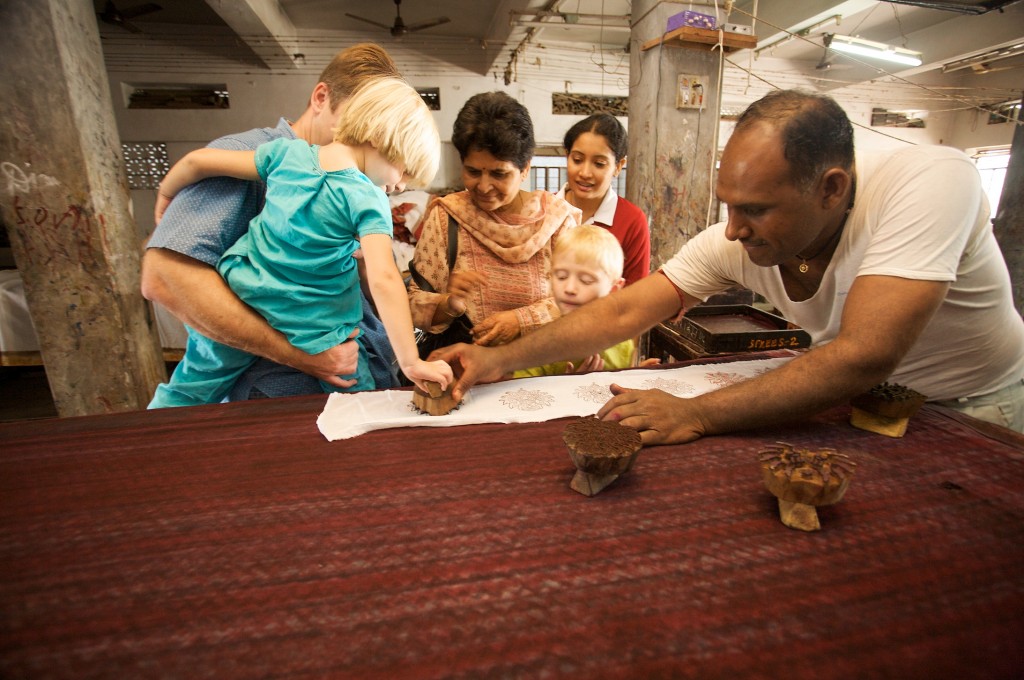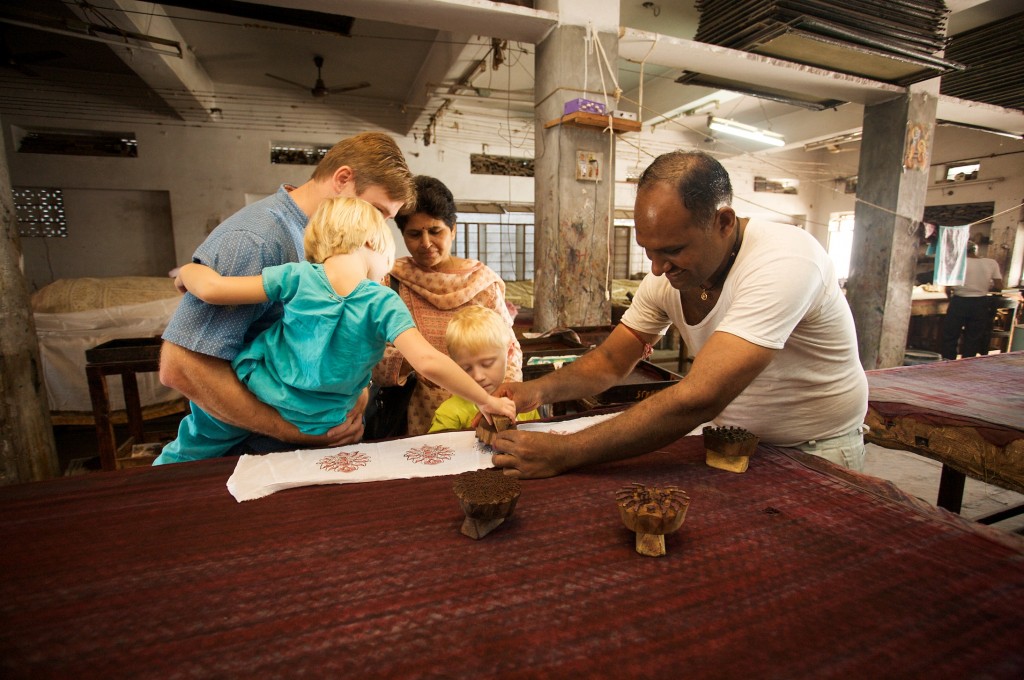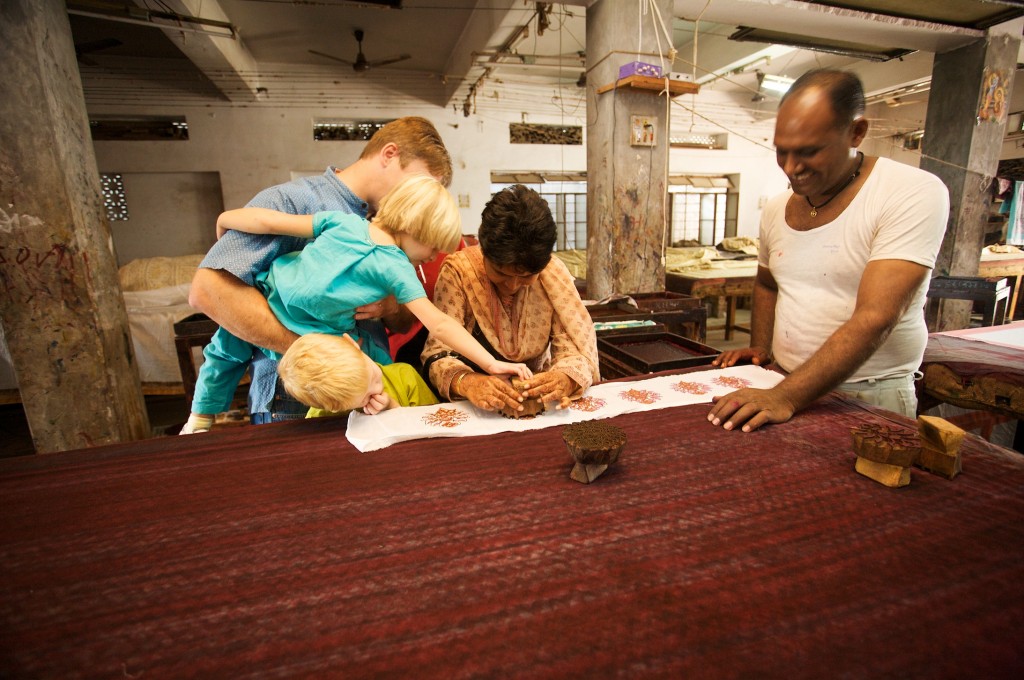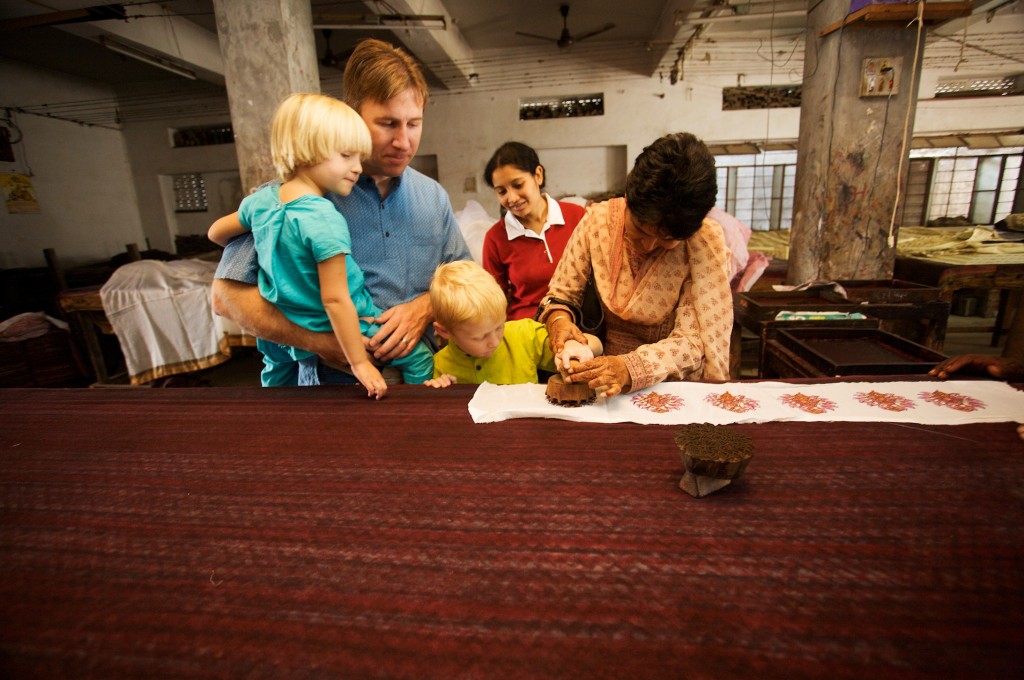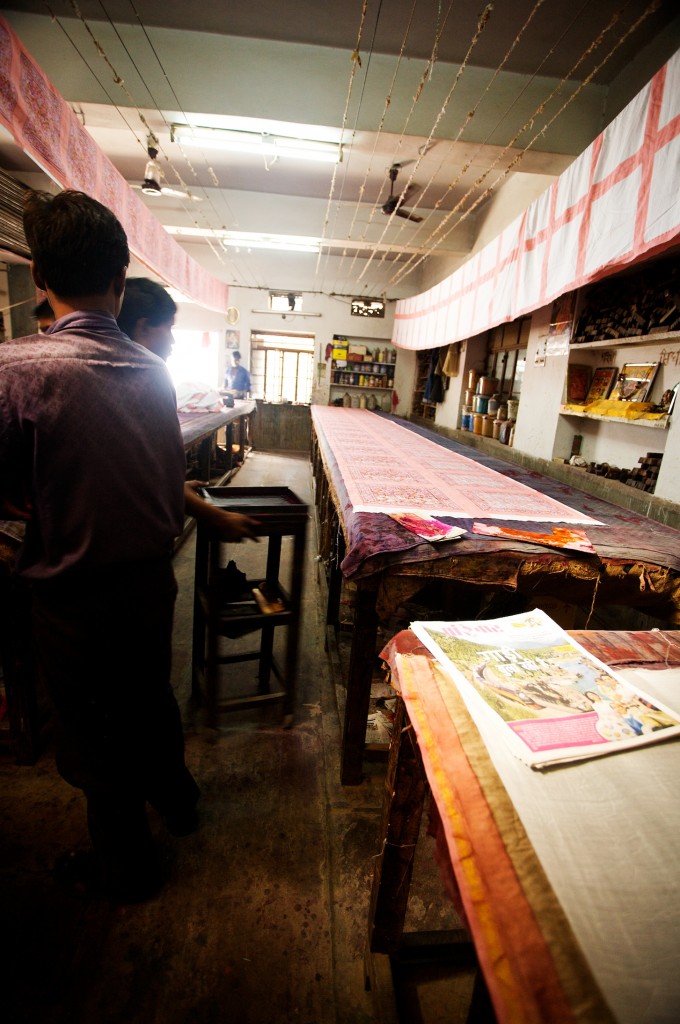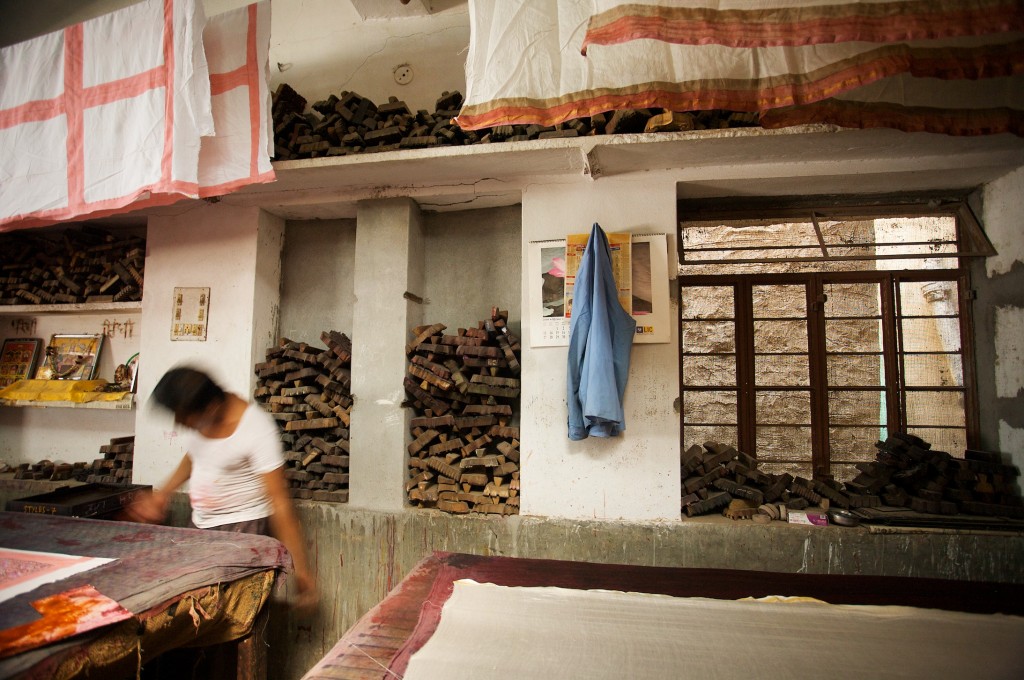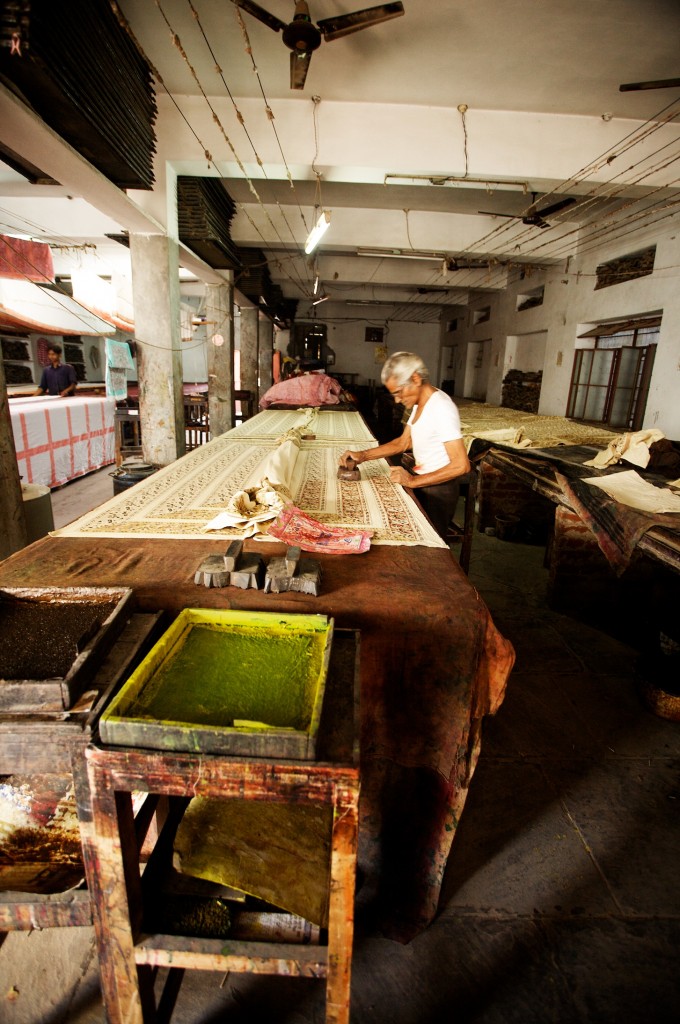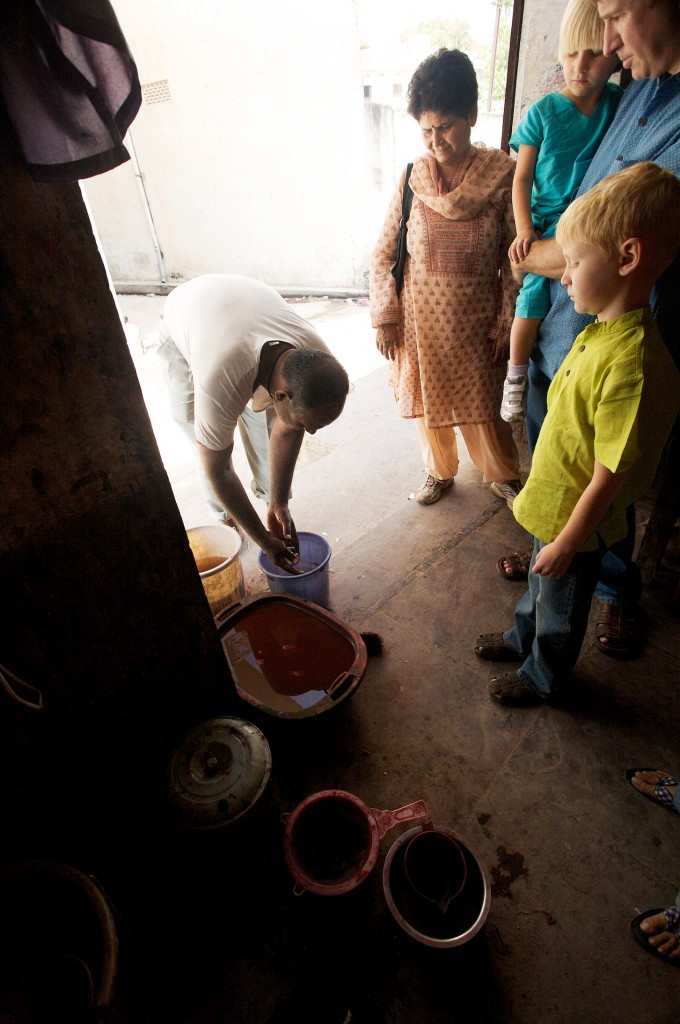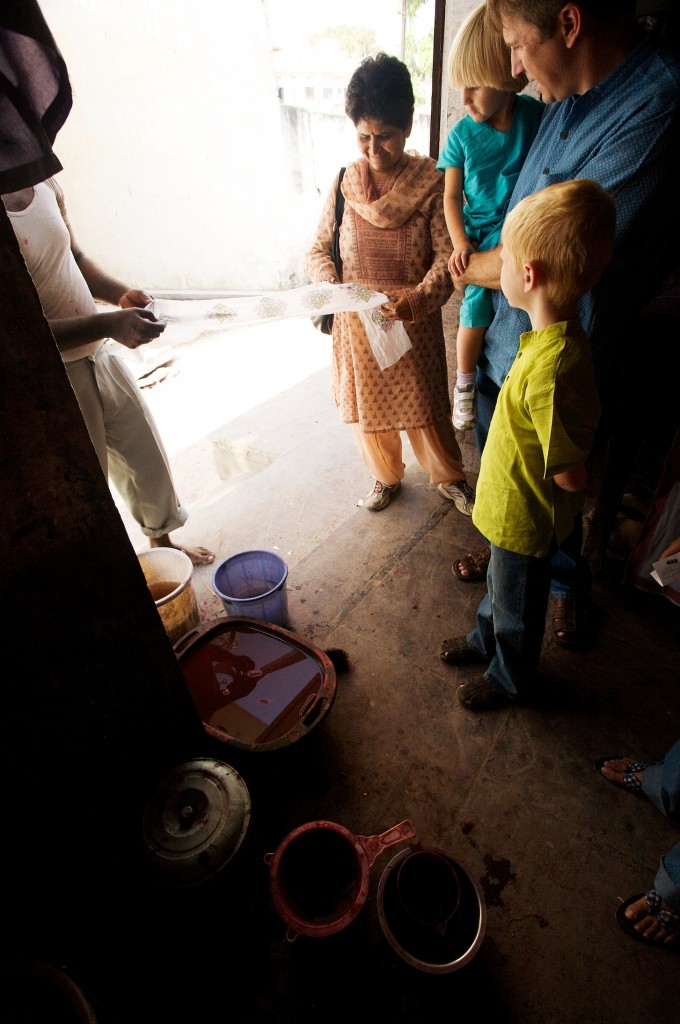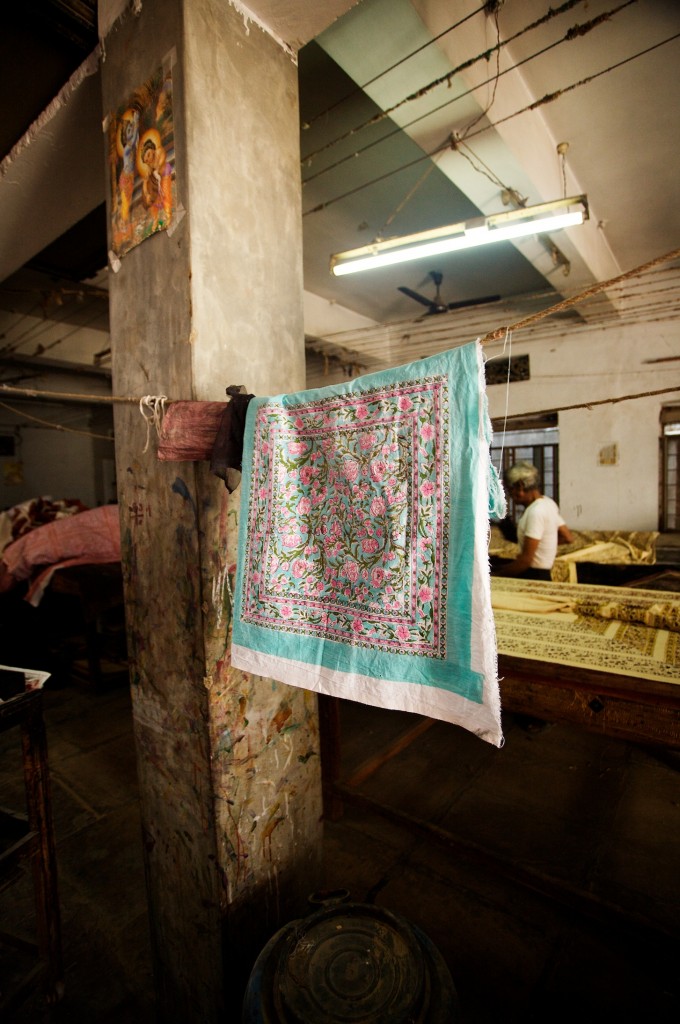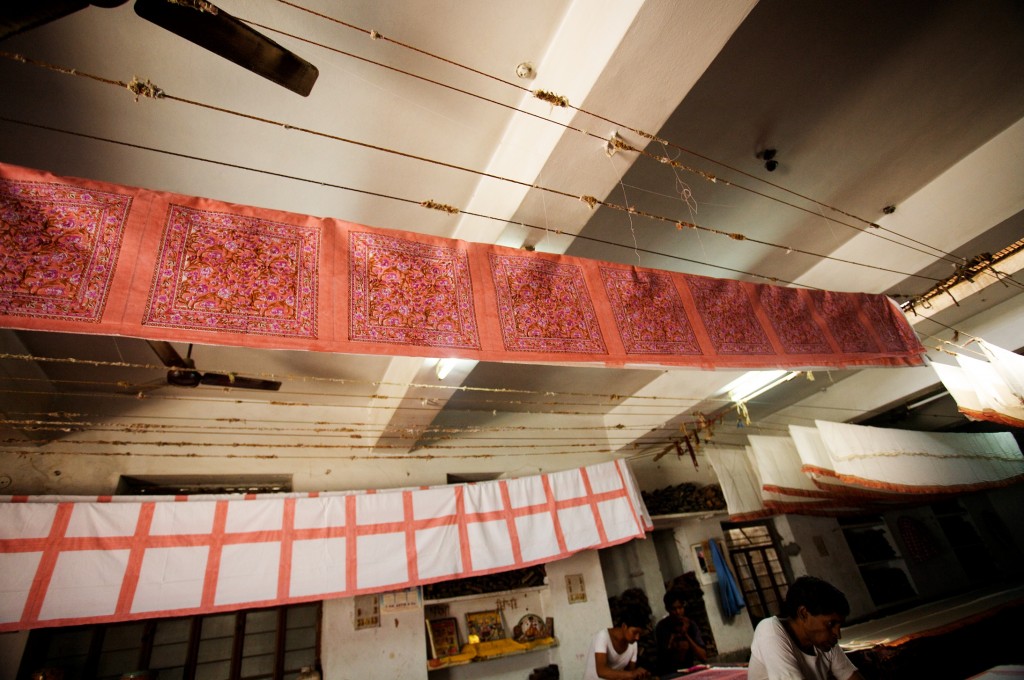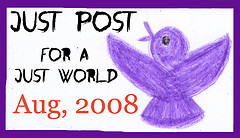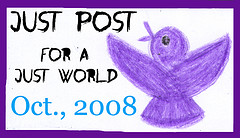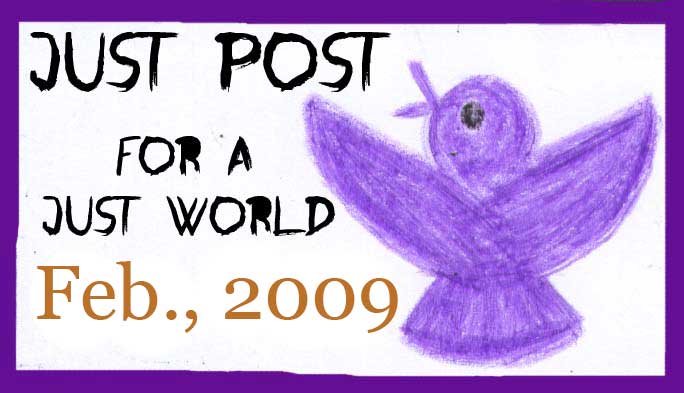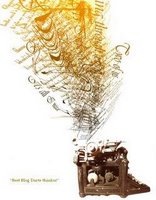{ Monthly Archives }
December 2010
The Worst Dream Ever
The dream was too real, too possible, too totally and completely EXACTLY the kind of thing that would happen to me.
So, I panicked.
Although the building was quiet, it still felt exposed. I closed the door as soon as I got into the office. She answered the phone on the first ring.
“No, no,” I tried to explain, “I turned the papers in months ago. In October. Mid-October.”
“Well, you’re probably okay. Are you on the list?”
“What list?” Now I’m really panicking. “I turned in the final copy for binding and filled out the paperwork…” The last part came out fast as my voice started to rise in pitch. “…I put it on the desk at the registrar’s office. I paid the final semester fees. Did I miss something?”
“Let me check.”
Wait. Wait. WaitWaitWait.
I start to make nervous jokes. “It’s just that, you know, it seemed so EASY… I just woke up this morning panicked, thinking I’d missed something. There was this dream I had and it…”
“Oh, I see it. You’re right here. PhD, right?”
“Yes! PhD! That’s ME!”
“In the first day of the New Year, your transcript will be ready and it will be official.”
“For sure? You’re SURE? For REAL?”
“Yes. I promise. You’ll officially be a PhD, and can request a transcript to prove it.”
PHEW.
Necessary…?
I took this photograph outside the paper factory we toured near the city of Jaipur, in Rajasthan, India. Child labor, though certainly outlawed in the world’s largest democracy, is still a reality — as has been pointed out in the post-Commonwealth Games scandals.
Still, I was perplexed by this sign. Is it a reminder for others not to put children to work in factories? Is it a symbol of a reformed factory, one that used to use children but has now fixed its ways? Is it a legal announcement, required for this type of business?
And for the record: in our small sample of places we entered unannounced, there were certainly no children of any sort working or otherwise on the premises.
What’s it like to stay in one of the world’s top 5 hotels?
It is pretty nice.
So here is how it went down: a few years ago, when I was teaching the class in Peru, we went to Machu Picchu. There is one hotel up on the mountain beside the sanctuary. When you stay there, you have non-tourist hours access and other privileges… plus, you’re RIGHT THERE. But, since it was a ridiculous amount of money ($500 or so a night), Paul and I scoffed. No way, we said. That is a ridiculous waste.
And later, we regretted it. We learned: if you manage to get half-way around the world to see something tremendous, pay the extra to get every bit that you can out of it.
When we went to Agra, we decided to do it right. So, we stayed in the only hotel in the Green Zone, the only hotel with views of the Taj in every room, the only hotel that every guide says to stay in, even if you have to skimp on other things during your trip. We stayed at the Oberoi. Our stay in this property was more than quadruple the total of all our other lodging in India — more than three weeks — plus meals. In other words, it was pricey. We felt, as Paul put it, “like we were pretending to be somebody else.”
Here is a collection of photos to give a sense of what it was like…
(There are guards all around the property. It made us sort of miss the “real” India… the one right beyond the gate!)
(This is the plastic bag that the kids let slip off our balcony while eating the crackers and fruit we’d brought with us… we thought for sure we were going to be asked to leave!)
The view is really incredible. Both the grounds, and the Taj beyond, are fantastic in all light.
We swam in the pool both days (chilly!) Because there weren’t many kids at the hotel, and because it is SO DARN SWANKY, we really felt nervous about letting them really let go and play. A downside of fancy hotels: no COWABUNGA jumping in the pool…
The upside: walking through the blue water through the archways felt like exploring some flooded, undiscovered ancient tomb. Like something out of an Indiana Jones adventure!
We did let Kate practice her “India dancing” on the patio outside… much to the delight of hotel staff!
Room service was a must. Plus, kids aren’t allowed in the main dining room!
When the sun sets, torches are lit to prepare for nightly entertainment above the pool deck.
Turn down service is very thorough. They even clean the bathroom!
More information about the Oberoi here. In our opinion: it is worth the splurge!
Paper-Making
After exploring the world of block-printing, we went to another part of the little town. This time, we set off to find where paper is made.
It took a little bit of talking to get in, but once we did, we were given a thorough tour of the process. Everyone was quite nice, probably because they figured we were so insane, it was better to just play along.
First: bags of recycled fabric are organized and shredded by color. This is done by hand:
Here are some shreds:
The shredded fabric is piled up, waiting to be further shredded.
Then the piles of fabric are fed through a wood-chipper type machine, that turns the fabric into a fibrous tangle of mess.
It looks like this when it comes out of the machine:
Then this is put in very hot water and turned into pulp. It is moved through this machine:
Coloring and other additives are put in at this phase (flower petals, glitter, etc.)
Then the watery pulp is moved into these huge vats. This is what the pulp of blue paper looks like at this phase:
Men, working in the humid. hot room, use screens to flatten and lift the pulp into long sheets.
First, they put the screen in the water, spreading pulp on it. Then they put a fabric screen on top, to flatten and smooth the pulp.
They are putting a screen on the screen:
With the extra screen on, they flip the board and press hard, letting extra water splash and seep out.
The process moves quickly!
Here they are pressing the pulp into paper through the screen.
They are left with individual sheets with a thin fabric screen in between them. The paper is still very wet.
The room is filled with pairs of workers toiling on this task in the humid air.
After all the pulp is used, the paper is brought to a drying area.
There is a press to get out more water if necessary.
When it is dry, someone manually removes each protective screen from each sheet. Paper is born!
The paper is then ironed and stacked for shipment.
There were huge reams just waiting to be sent off.
Much of this will be sold wholesale to distributors to turn it into journals and notebooks.
Viola! Paper!
Dr. and Mr.
Before the Senate ridiculously tabled the vote on the Development, Relief and Education for Alien Minor (DREAM) Act, I contacted my Senator to ask if she would please support it.
In filling out the form, I went to chose my “title” and found that I could chose either Dr., or, Dr. and Mrs.
Is this because the only women who get doctoral degrees are married to other women?
Do male doctorates never, ever consider partnering with others in doctoral degree programs?
Or is it because the women who marry men with doctoral degrees always take their husbands’ last names?
Or it is simply so emasculating for a man to be married to a woman with a doctoral degree that it just isn’t right even to consider the rules of how that particular title would play out?
Is Dr. another choice men get for a title, where women can either be Mrs. (“look bitches, I married a doctor!”), Miss. (“under 18”), or Ms. (“old maid”).
Just wondering.
Lotus Temple
The Bahá’à House of Worship in Delhi is called the Lotus Temple… for reasons that are quite clear:
It sits in the center of a massive garden in Delhi. To get to it, you walk down a long brick path (perfect for a quick photo-opt!)
Groups of young men (boys school? young military units?) were also visiting. Though we weren’t the only light-skinned tourists, we were the only ones with small children — so, like everywhere else, we drew friendly attention and interest. Even a salute!
No shoes are allowed!
The temple is surrounded by reflecting pools.
According to Wikipedia:
As with all other Bahá’à Houses of Worship, the Lotus Temple is open to all regardless of religion, or any other distinction, as emphasized in Bahá’à texts. The Bahá’à laws emphasize that the spirit of the House of Worship be that it is a gathering place where people of all religions may worship God without denominational restrictions. The Bahá’à laws also stipulate that only the holy scriptures of the Bahá’à Faith and other religions can be read or chanted inside in any language; while readings and prayers can be set to music by choirs, no musical instruments can be played inside. Furthermore no sermons can be delivered, and there can be no ritualistic ceremonies practiced.
No photography is allowed inside the temple, as this man in the center was explaining to the crowd about to enter. Also, complete silence is mandatory.
Okay — so I’ll level here: Though I consider myself a spiritual person, I don’t believe in God and am not one to worship. I was expecting to enjoy the architecture of this building and have a few moments of shared peace with the people inside.
I was completely unprepared for how incredibly moving it was inside. There isn’t anything specific I can put my finger on to describe why, or how, or what — but being in that space? It moved me to tears. Whether it was the overwhelming peace of silence, the hundreds of others respecting the prayers of others, or simply the beauty of the building itself, I can’t say. Even Paul found himself blinking back unexpected emotion.
Afterwards, the kids were asked for more photographs.
(Actually, on this occasion, I was asked for photographs, too. By different men who posed with me. Go figure?)
Wikipedia has more about the Bahá’à Faith here, should you want to learn more about it. This particular religion emphasizes the spiritual unity of all humankind — and yet its followers are persecuted in modern day. It is worth a few minutes of investigation; and if one has the opportunity to visit a Bahá’à Temple, I certainly encourage it!
Better than the Taj
One of our favorite days in India was spent on the outskirts of Jaipur, when we went looking for block print artisans. Our friend Bela is from Jaipur and her father, sister-in-law, and nieces still live there — and agreed to accompany us to a small town where they new block printers were at work. Swati (Bela’s sister-in-law) had once worked in a school in the town, which gave some direction to our search.
Finally, we stopped on a regular street — regular in the sense that there were camels passing by…
… and brightly decorated trucks parked along the side…
… and friendly people rushing over to see Kate when she emerged from the car. A very ordinary experience, surrounded by ordinary sights, in this very extraordinary place.
Right beside all of this, there on the side of that road, in a three-walled shelter opening up to the street, were men carving extraordinary blocks.
Did I mention that they were extraordinary?
At first, they were a little uncertain about why we would even be interested. Obviously we’re… tourists… right? Except tourists don’t do this sort of thing. When they saw how genuinely interested and curious we were, they opened up, showing some techniques and styles of their work. And gave the kids a few blocks! They laughed and smiled as the kids ooohed and aaaahed over the scorpion, elephants, and flowers these men had carved out of seemingly ordinary bits of wood. Simply amazing.
The detail, precision, and layering of each pattern is truly beautiful. In order for the printing to involve several colors, each pattern requires several complimentary patterns to layer over the first. So the sizing, grouping, and shapes must be perfect for each set. They were doing it all with a few small chisels and lengths of wood to use as hammers.
Really, really, beautiful work.
From there, the block artisans told us to go next door to see where their blocks were used… in the print building. This particular print-maker was made members of a particular family, as is common in this trade. The “factory” was upstairs. So, after giving as many thanks as we could, we ventured next door.
Through a narrow doorway, over a flooded area of the ground floor where a pipe had recently leaked and was being repaired, then up some stairs… and…
Printing artisans were methodically using ink, blocks, and leveling tools to maintain precision in each stamp of the block. Fabric was draped over huge long tables, with more fabric drying from lines across the ceiling above.
Fabric (for pillow cases and sheets) lay around the room in varying stages of production.
Layers are slowly added, color by color. The pattern is applied stamp by stamp, with painstaking detail to line up each application. Pieces of thin cardboard are used to make corners — they are placed across the fabric so that only certain portions of the block print, making solid corners.
Below is the block making the base pattern on these sheets:
Although they had to be surprised by our bold entry, the artists quickly put aside their work to show us around. Then they insisted we try it, too. They found a piece of pre-treated fabric, made some room, and gathered a few blocks making a layered pattern. Then talked us through each step, giving everyone a chance to try.
The base pattern allows for the subsequent colors to layer on in the proper places. The next blocks must be lined up with clues in the base pattern to keep everything together.
A good, hard, tap is needed to transfer the ink.
Kate loved practicing.
The artist helped guide Kate’s hand for the color application.
Will was more bashful.
It took him a few minutes to feel comfortable with trying — and he welcomed help.
Once the fabric is done with printing, it must be soaked in a few different wet mixes to set the color: this pink color below is actually light green when it finally dries!
The artist took our cloth to start treatment, and I spent a few minutes watching the other artists at work. The focus, detail, and methods of the process were fascinating.
It did not take long for the fabric to be ready for rinse.
The treatment set the color for the fabric — it is now one of Kate’s scarves!
This is the final color for the pink/red pillowcases in the picture above, just to get a sense of how the colors change in the ink wash.
Here is what they look like after the printing and before the wash!
This block-printing is a well-established art in and around Rajasthan, India. We feel so lucky to have had Swati and her nieces with us to both facilitate and share this amazing experience!
For more examples of block print fabrics, see my two favorite shops in India: Anokhi and Fab India!
